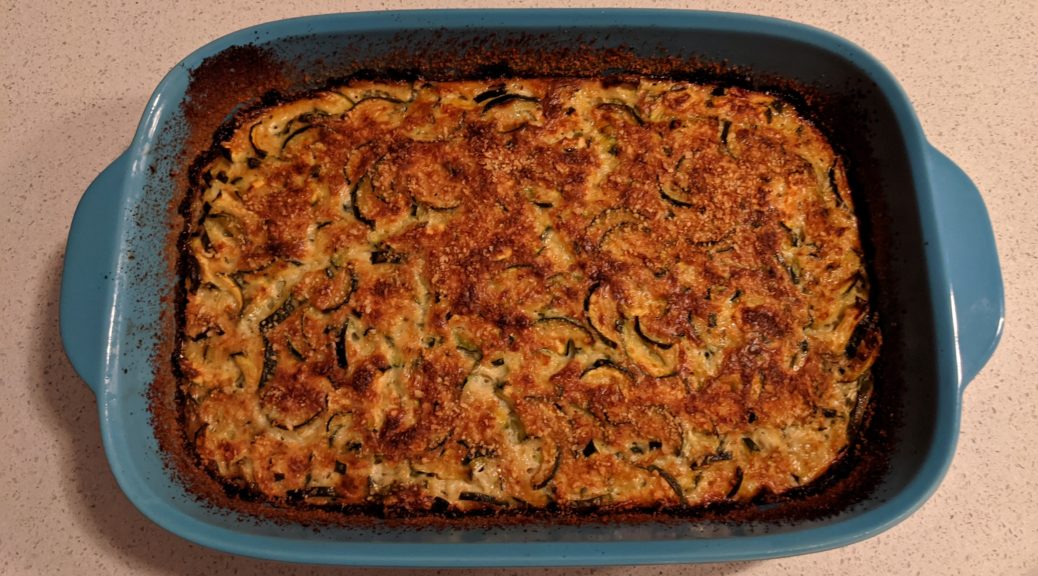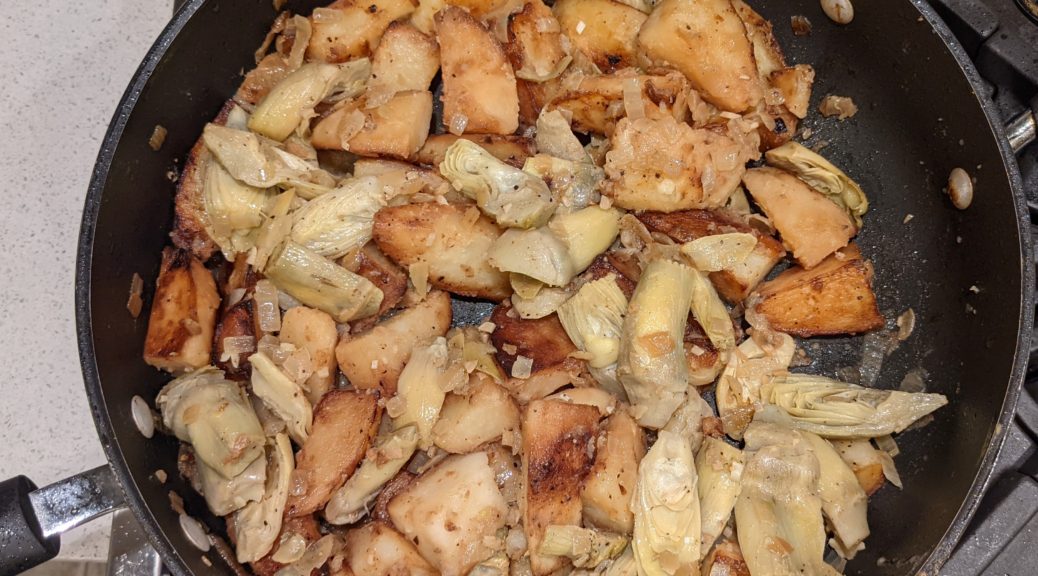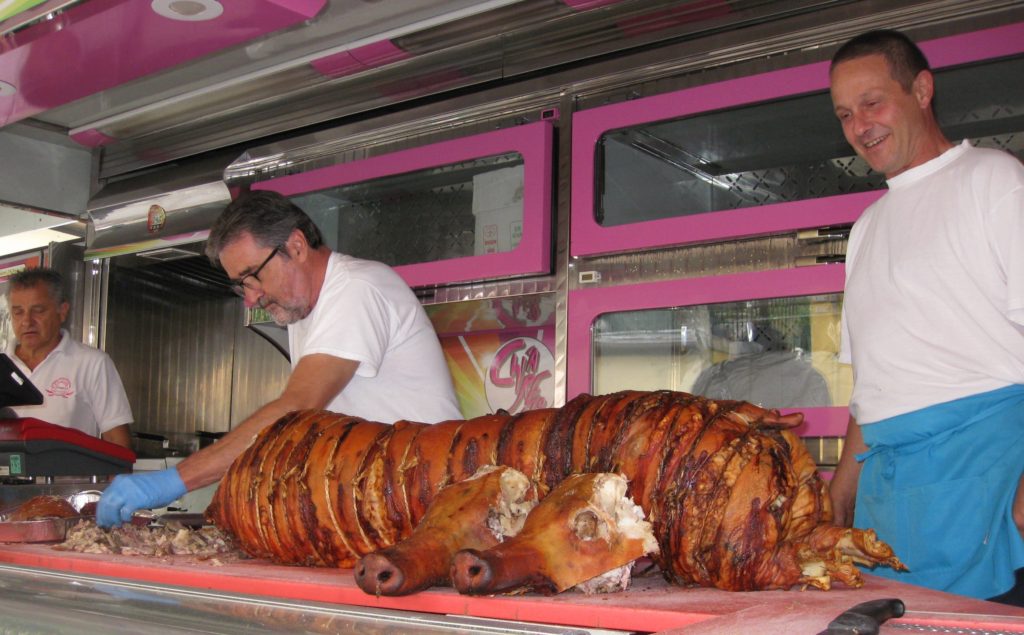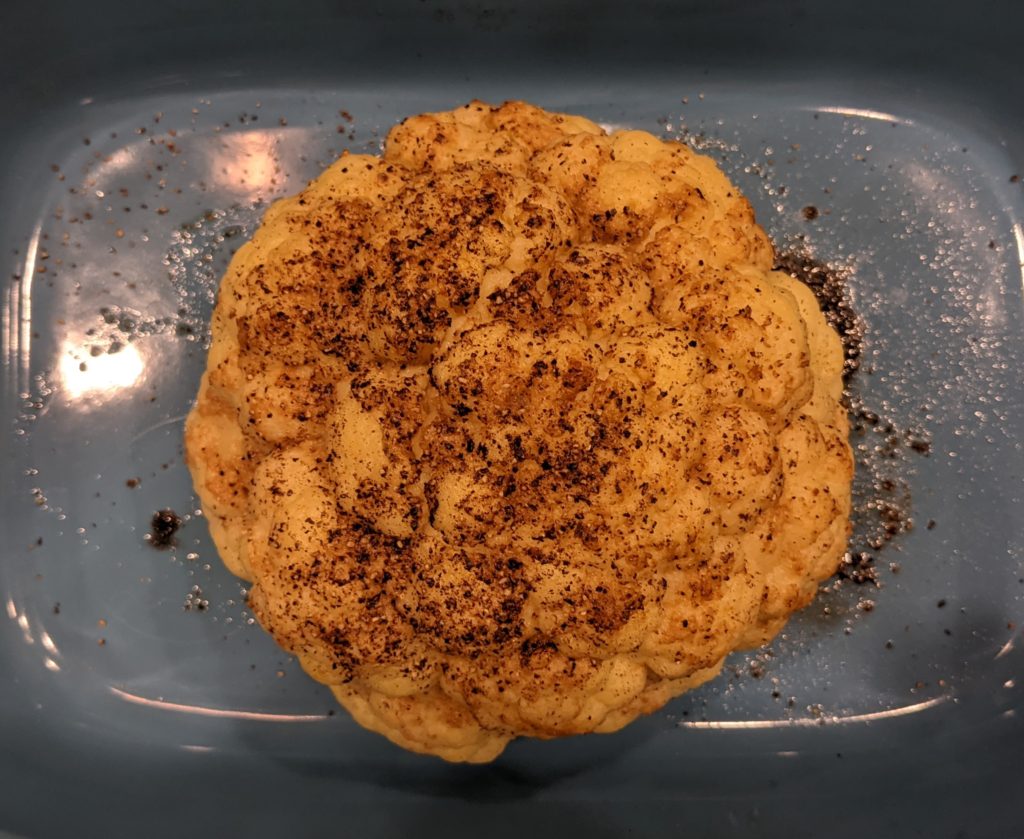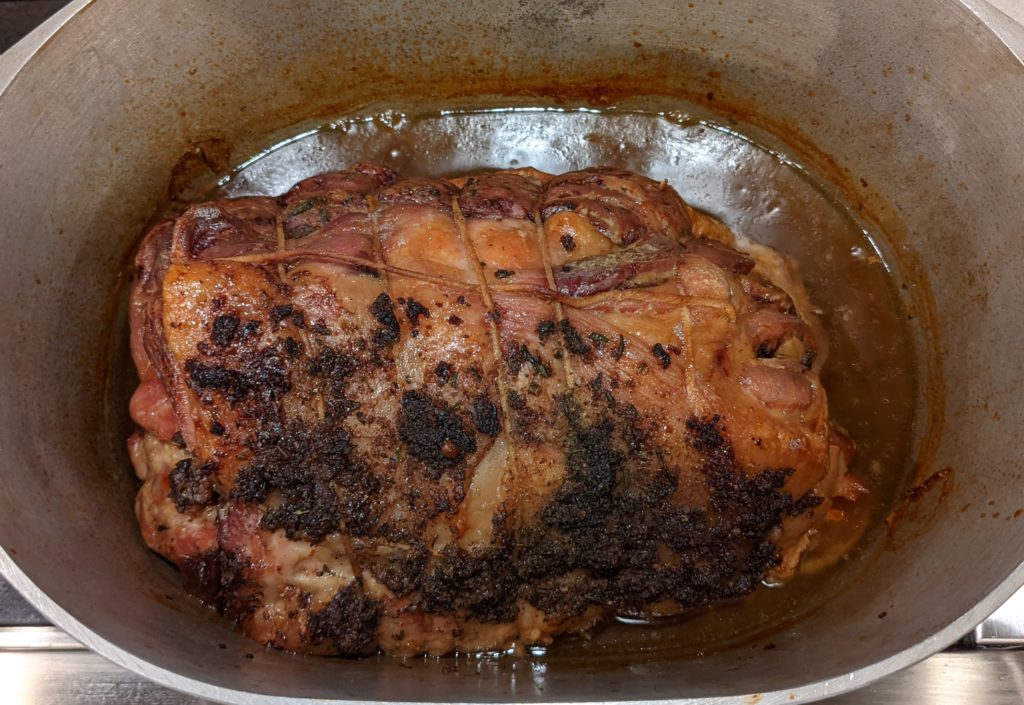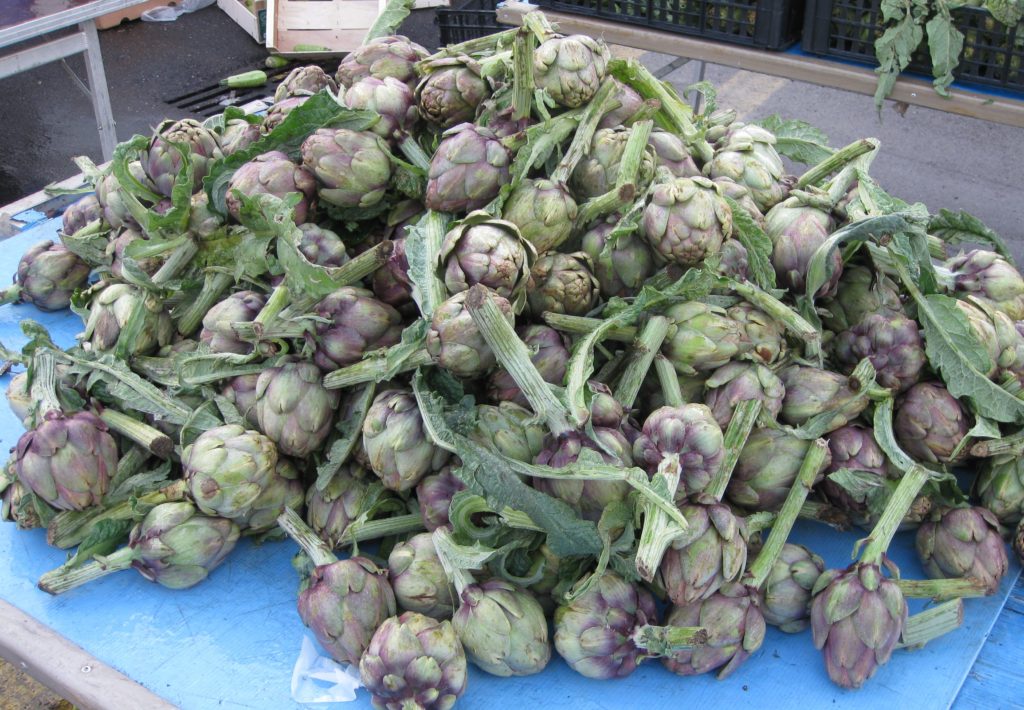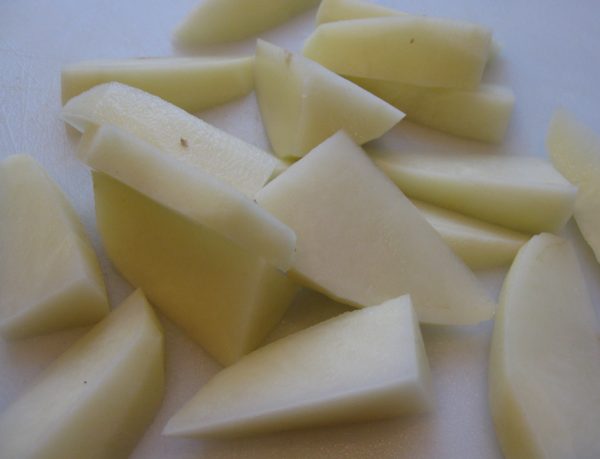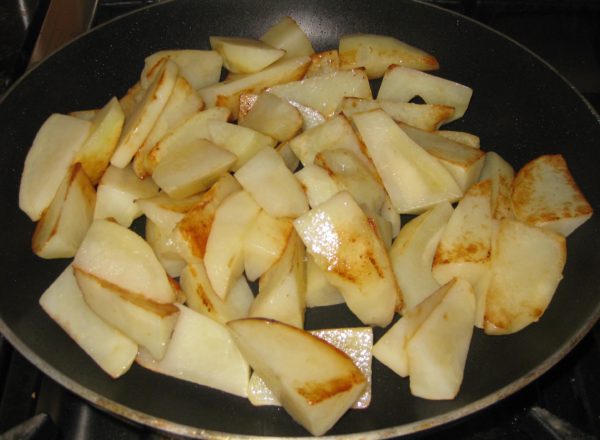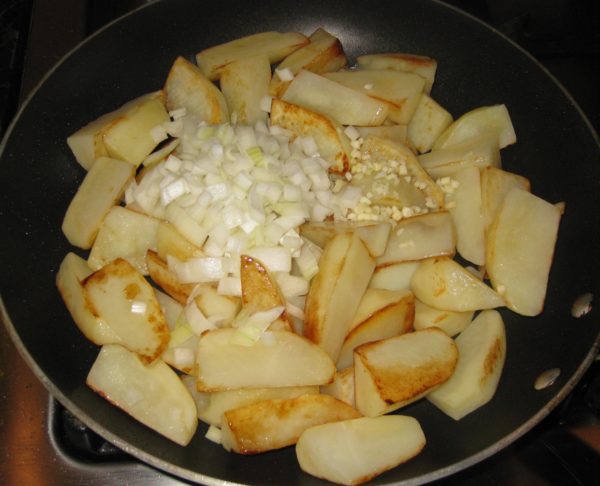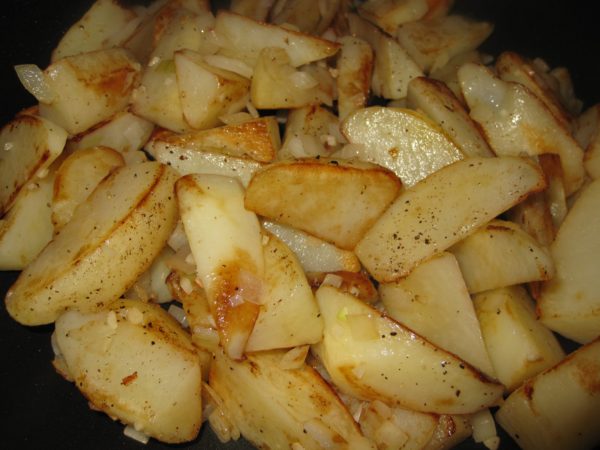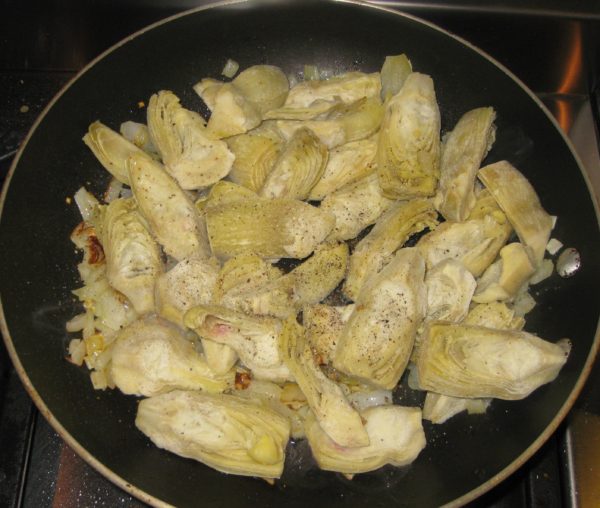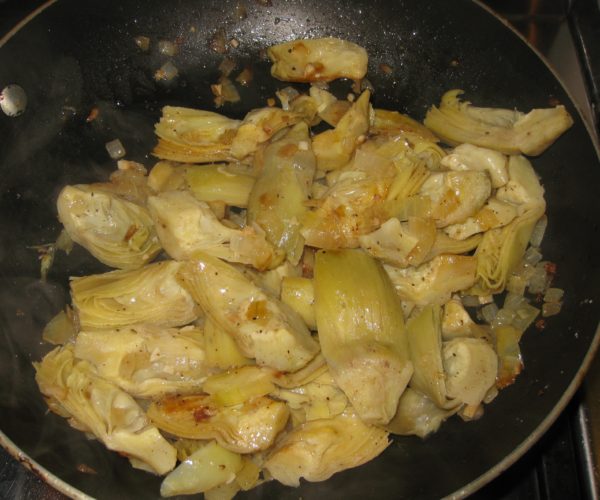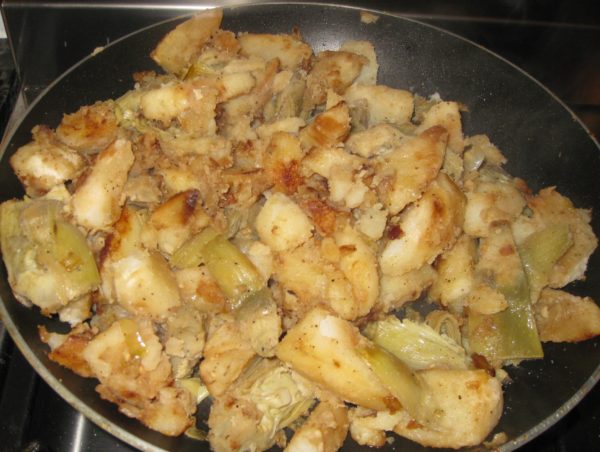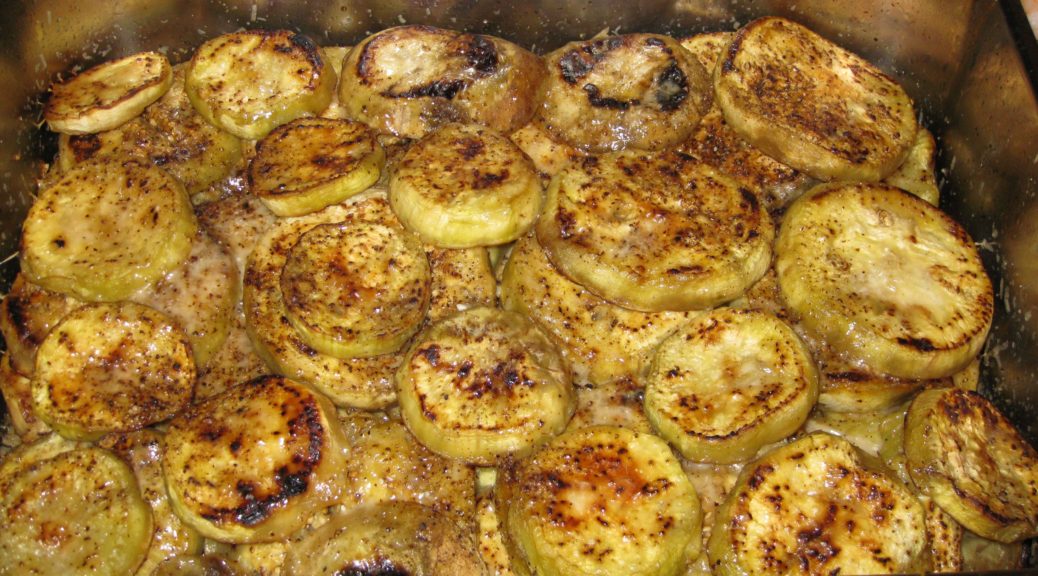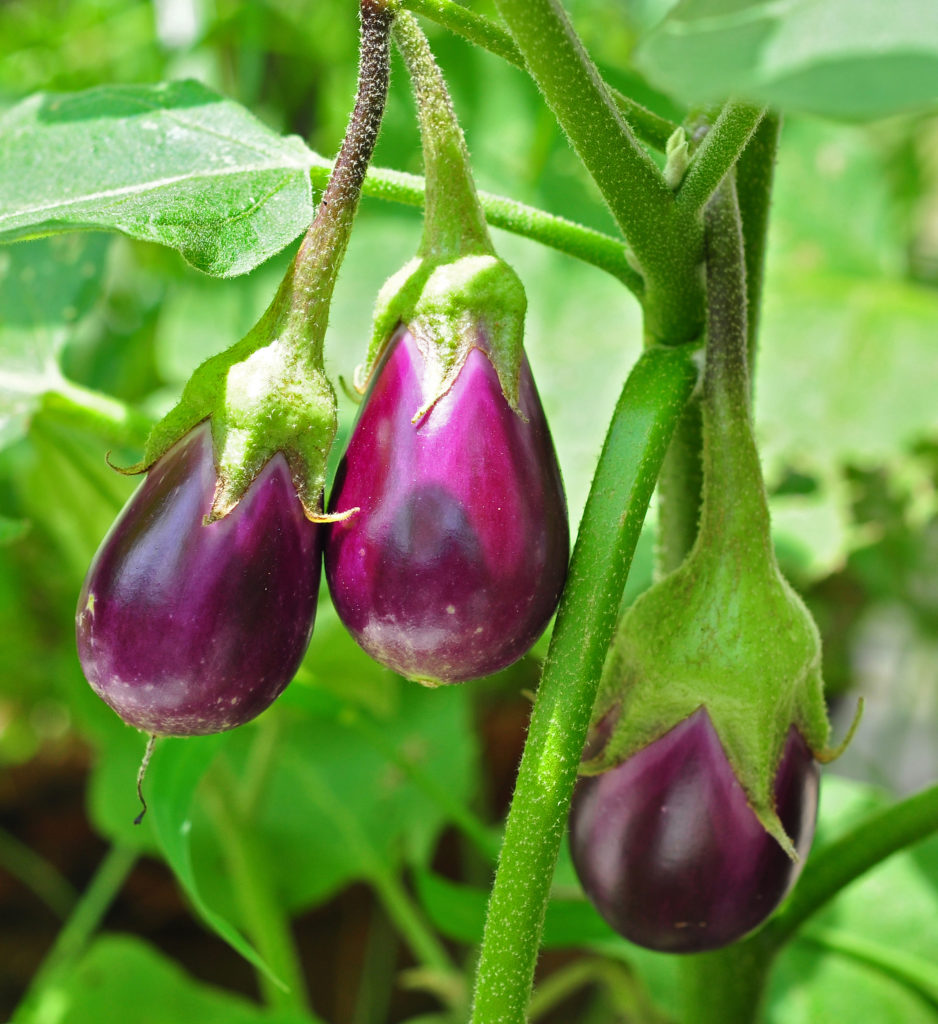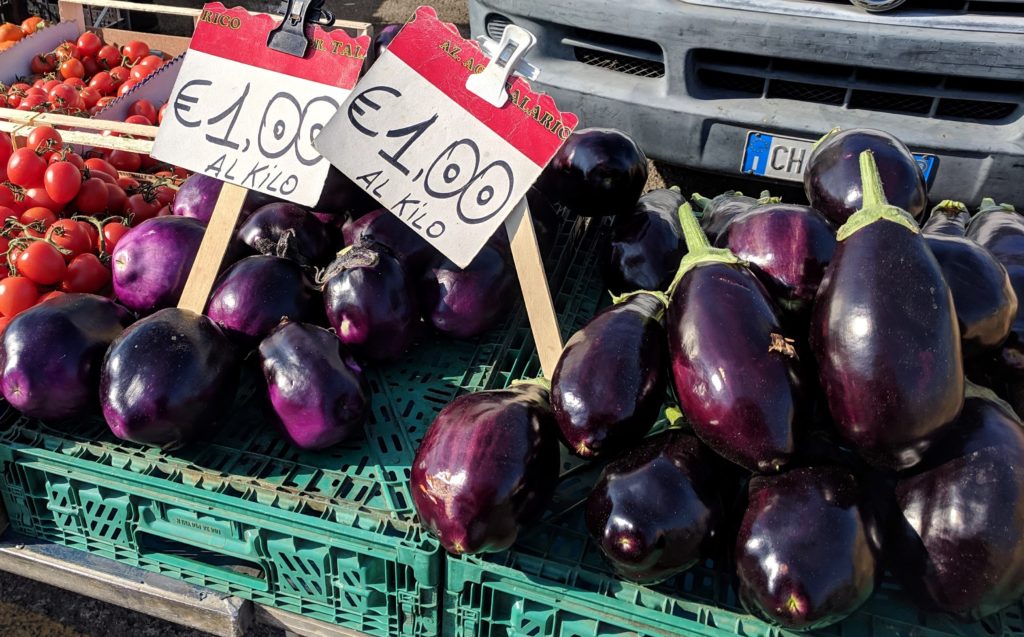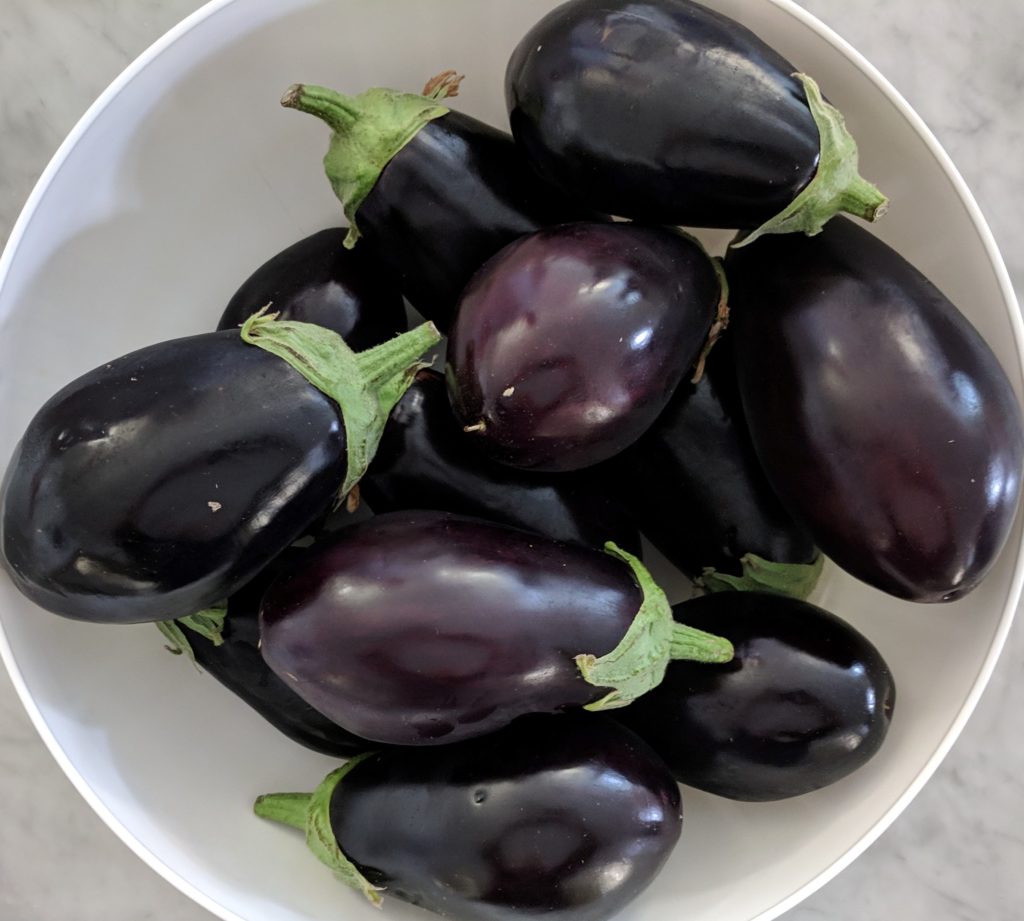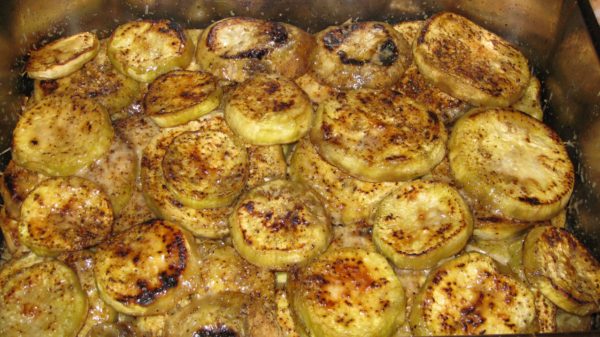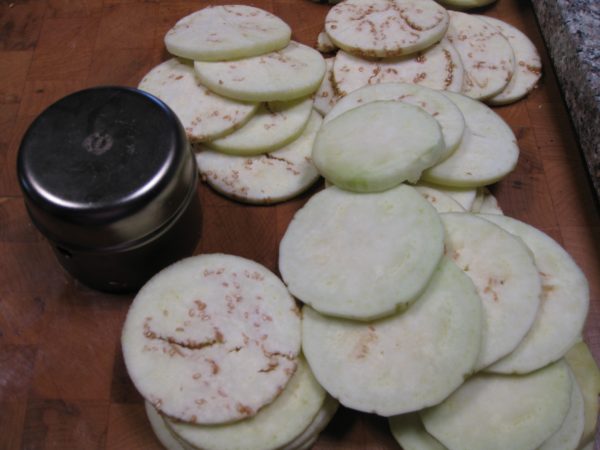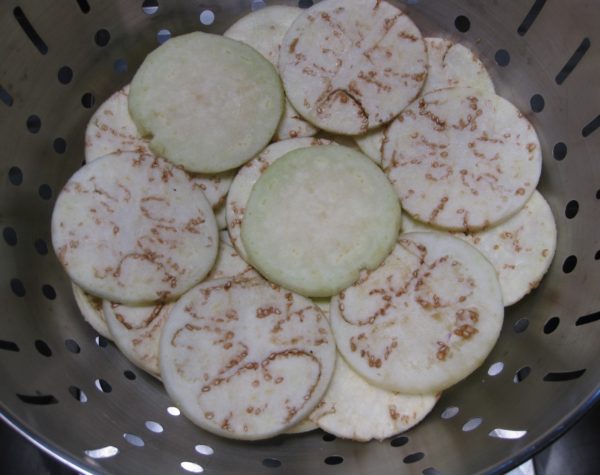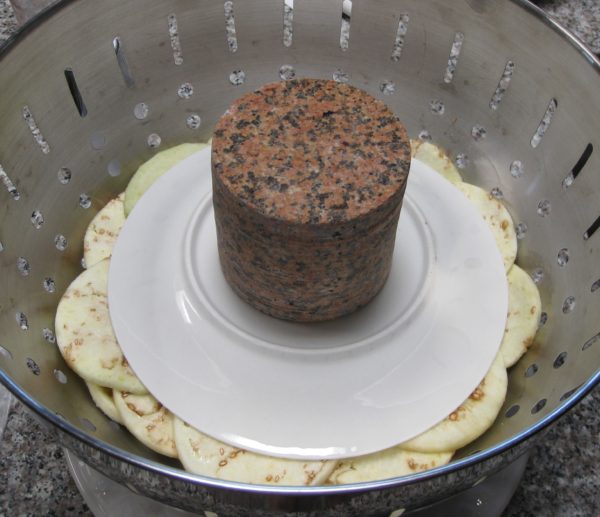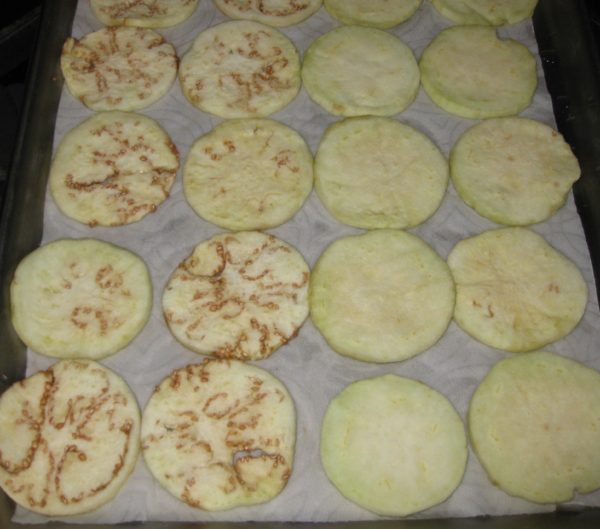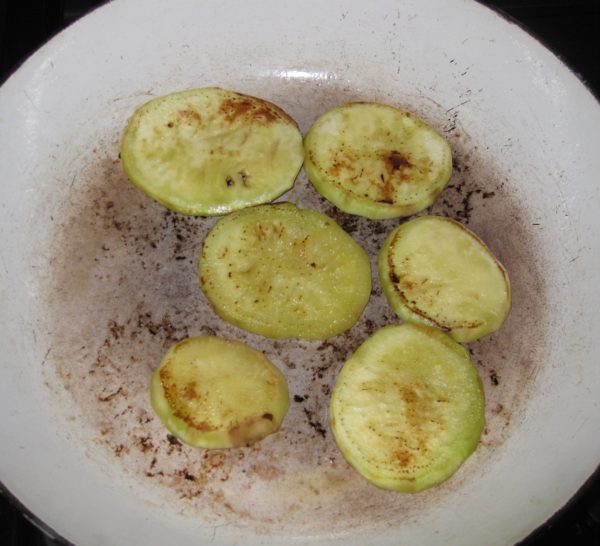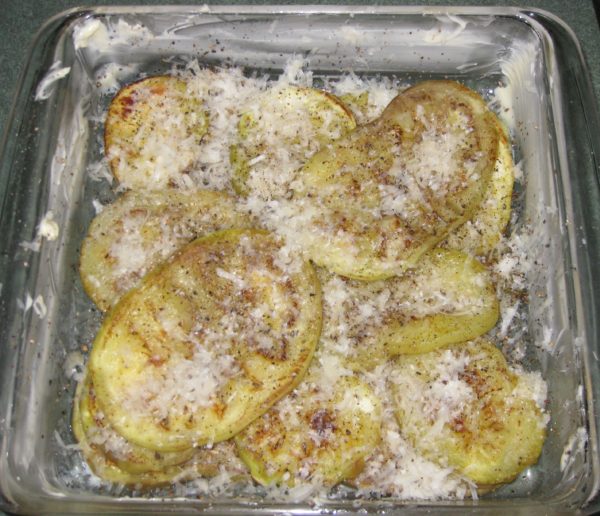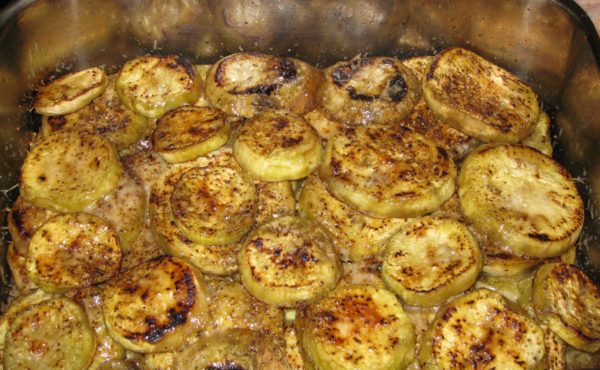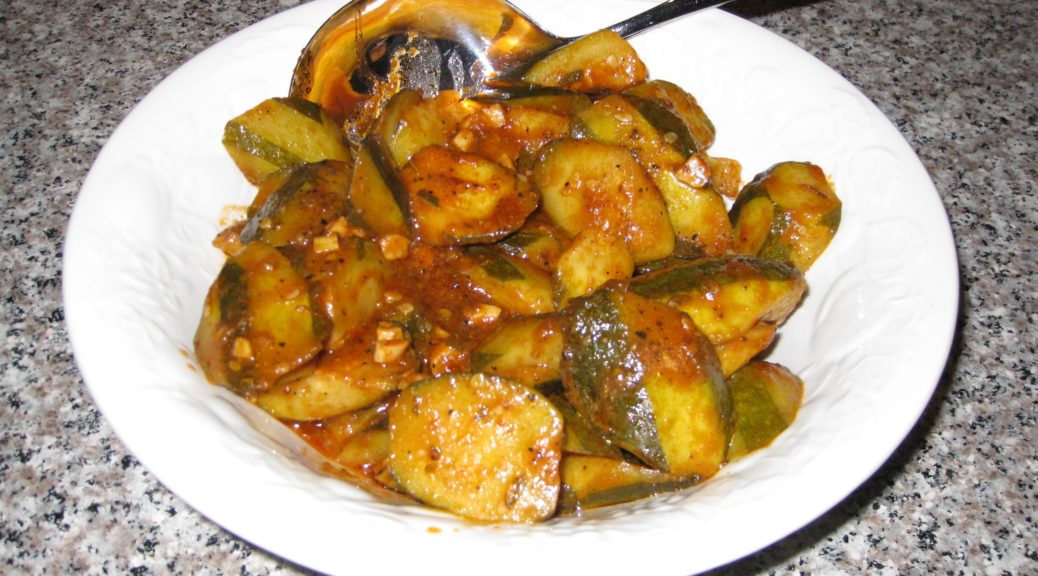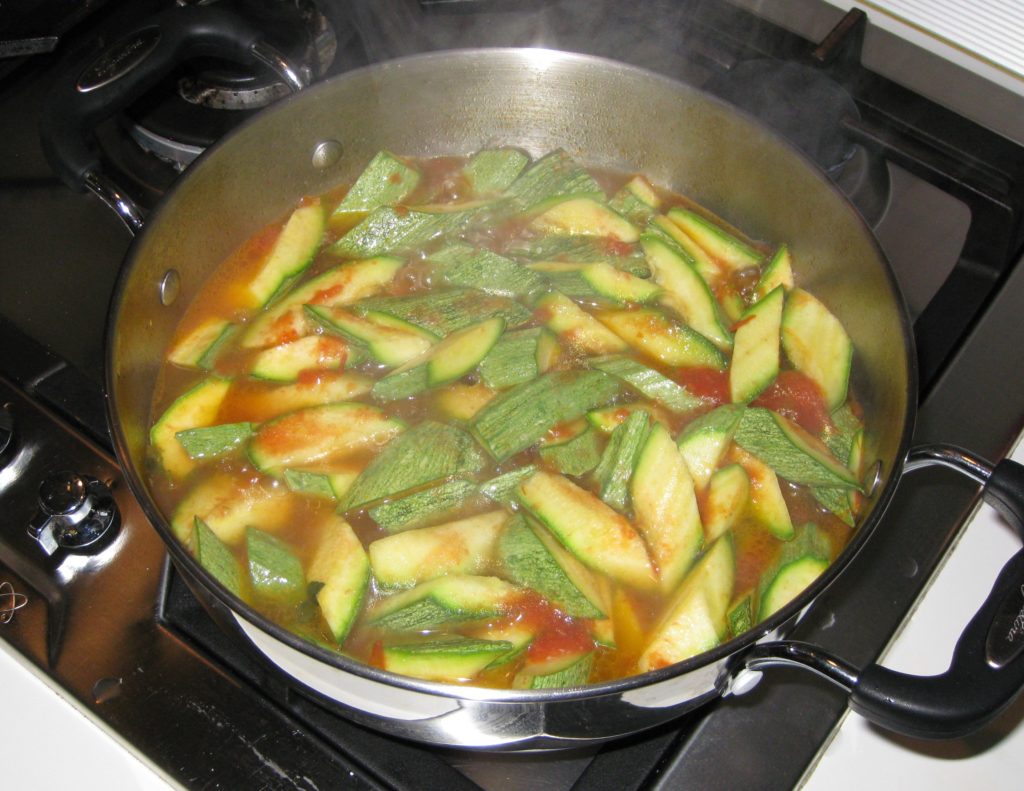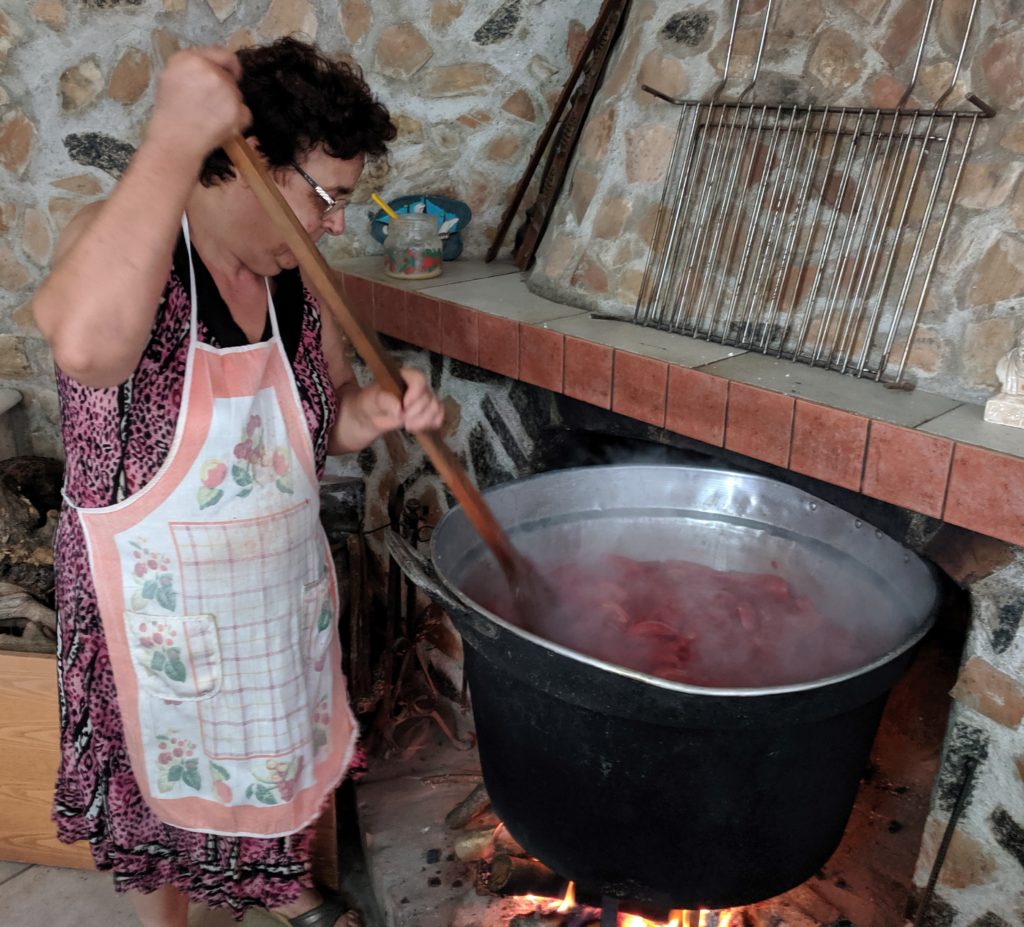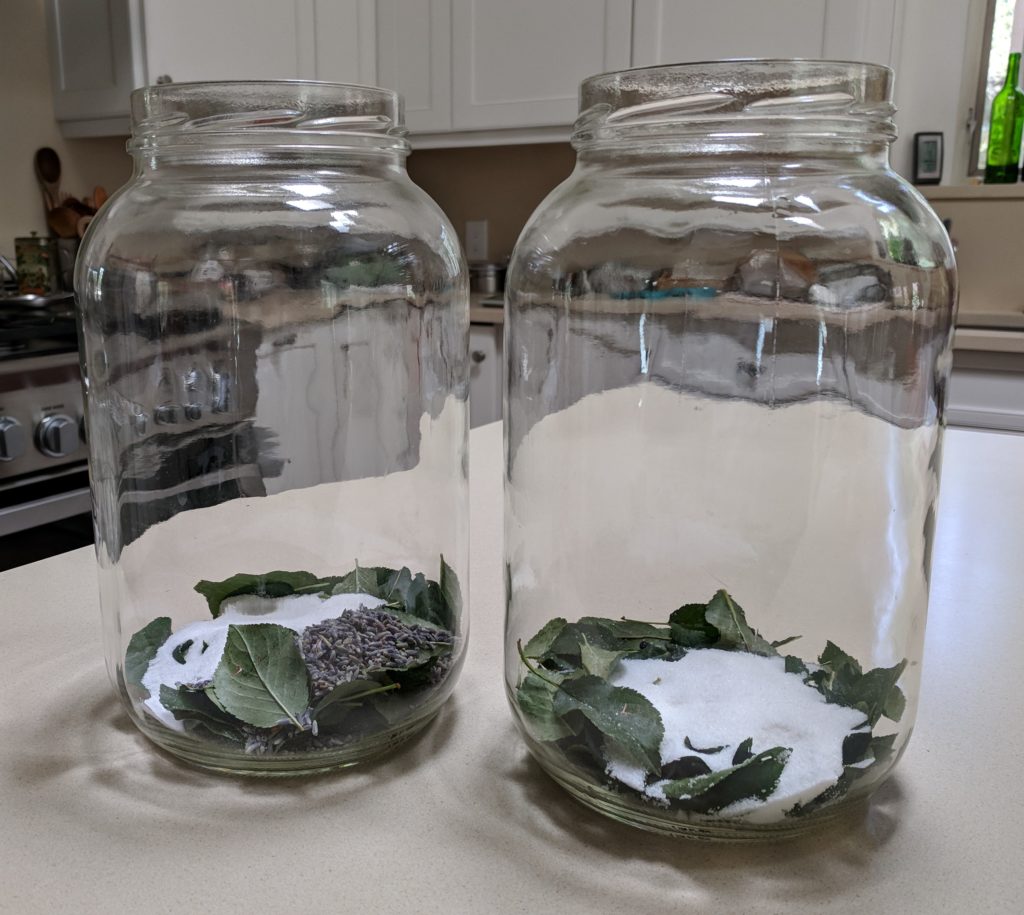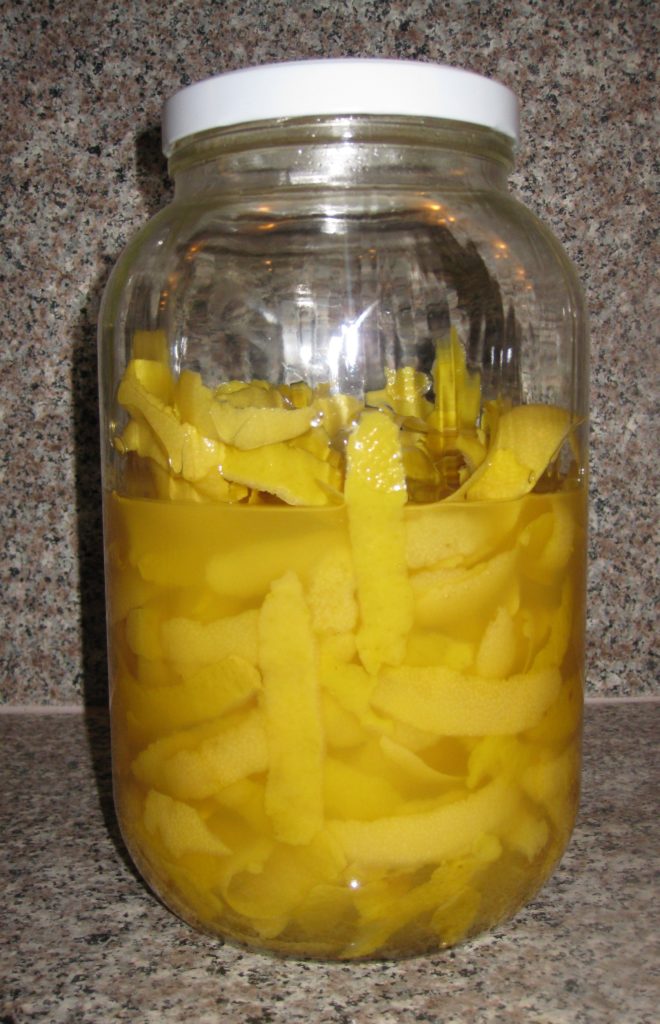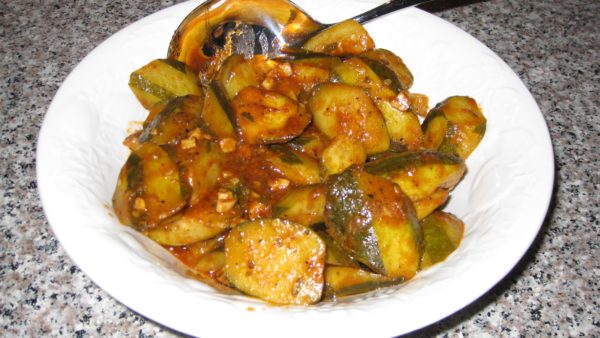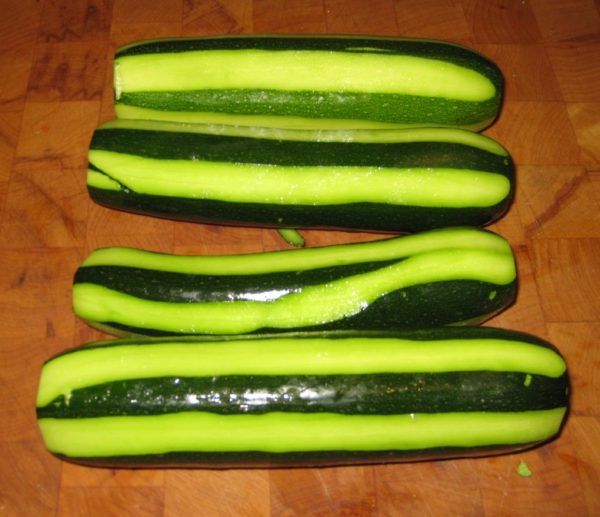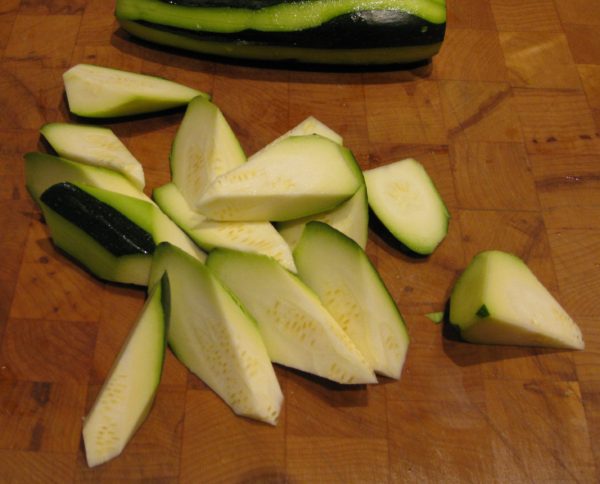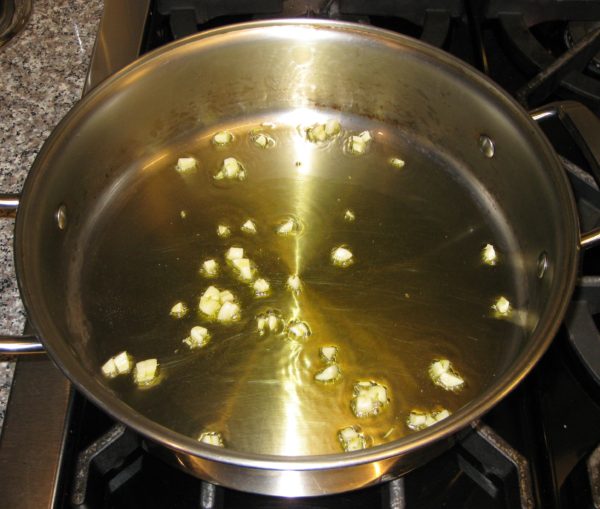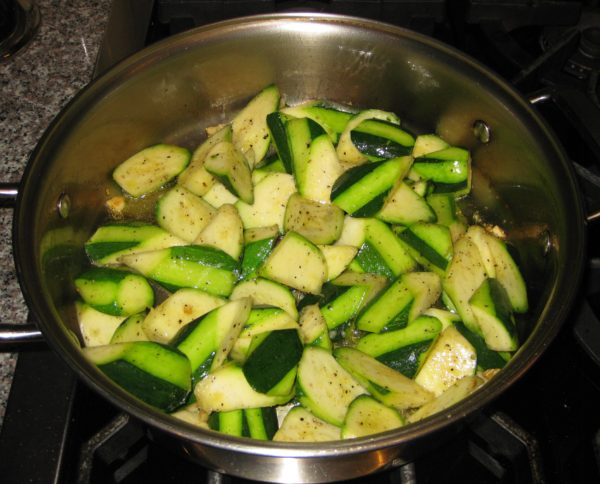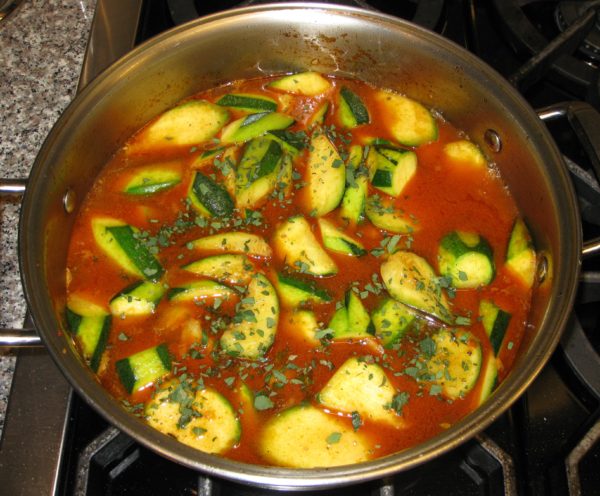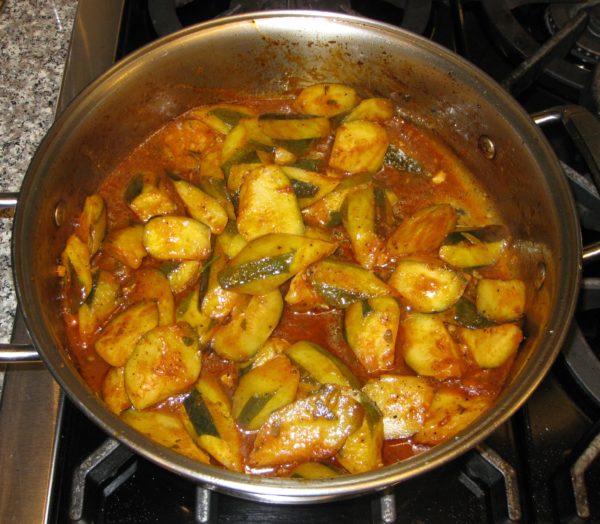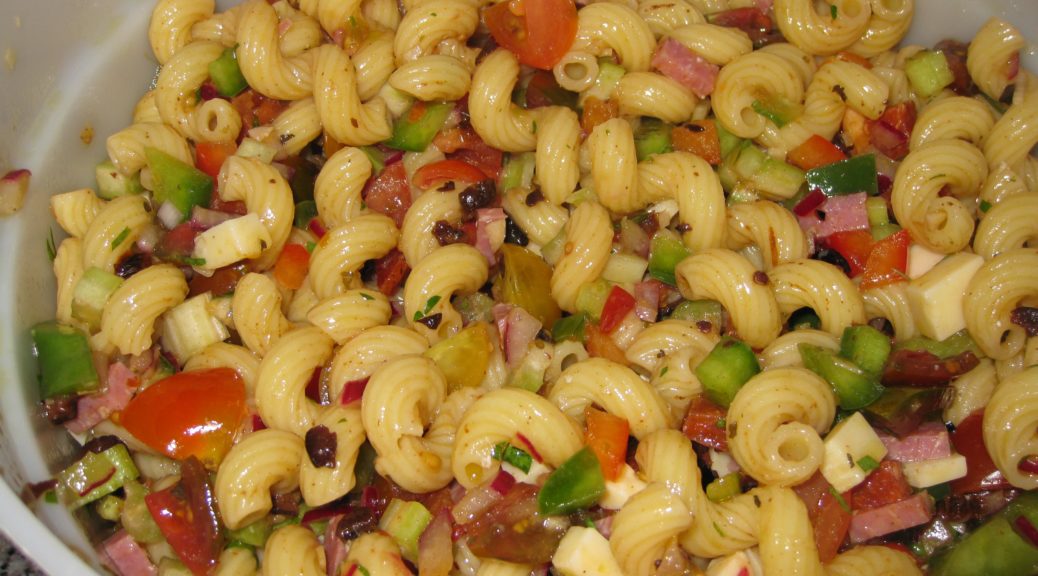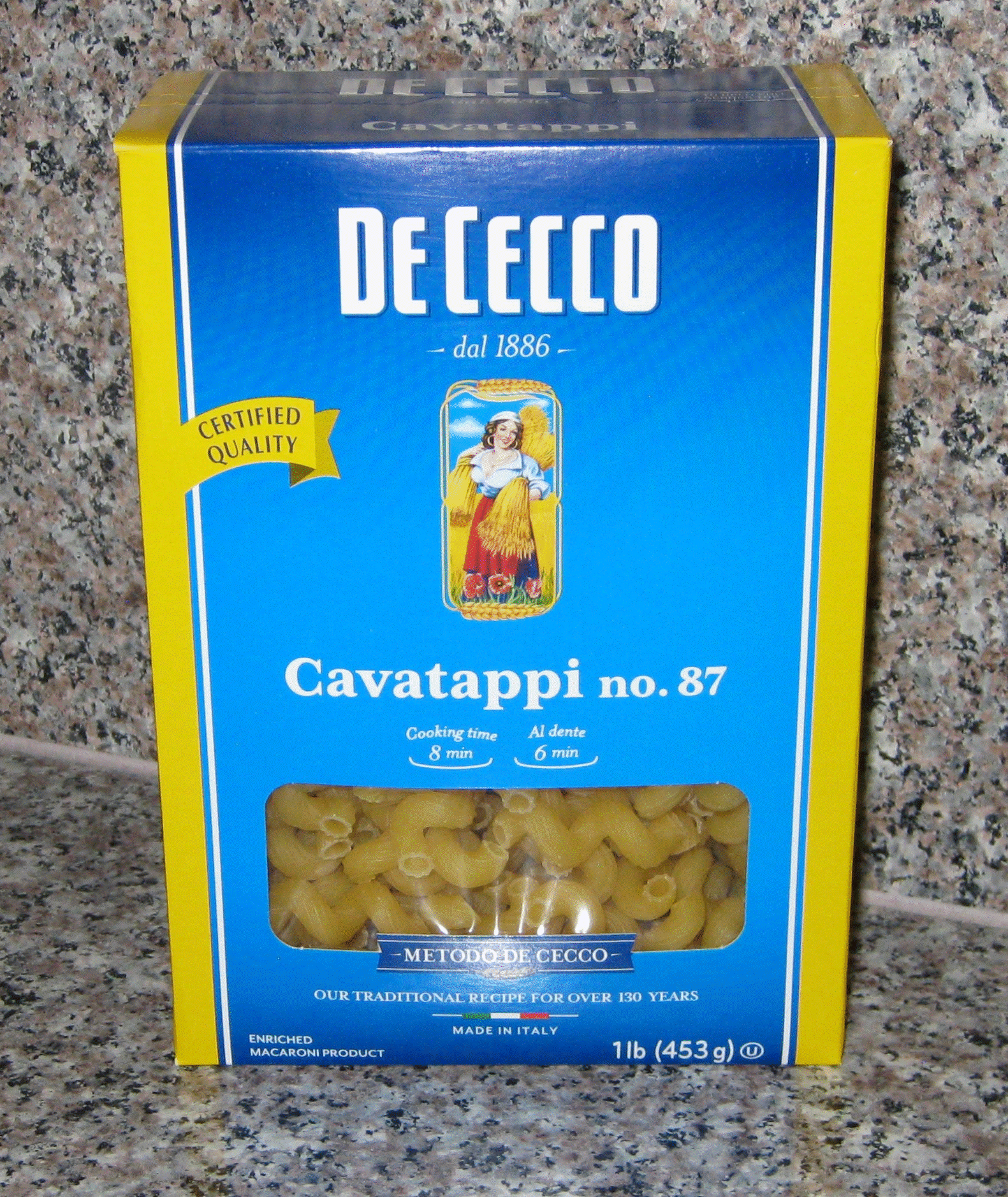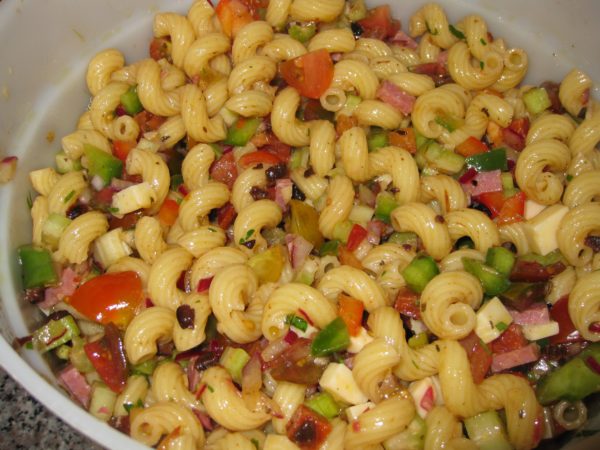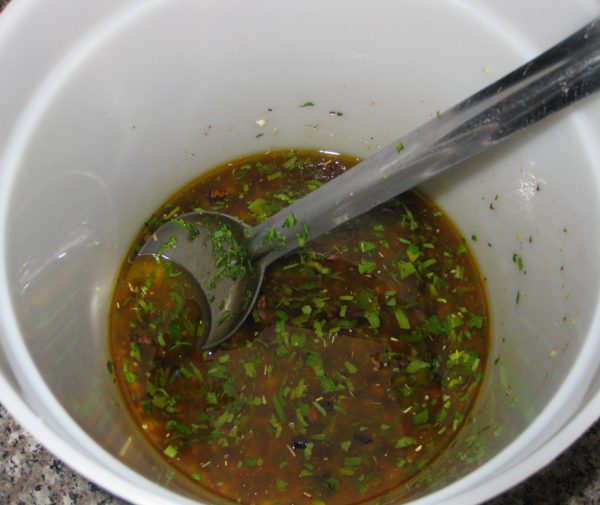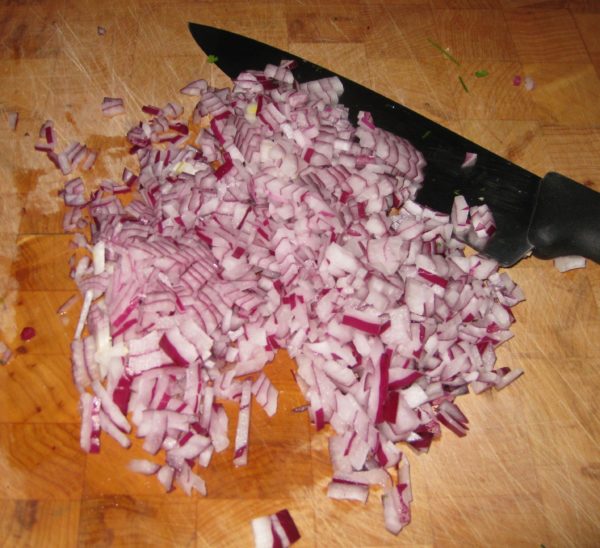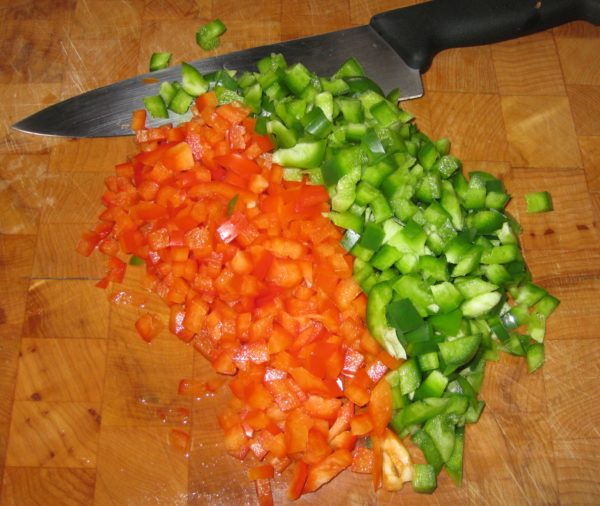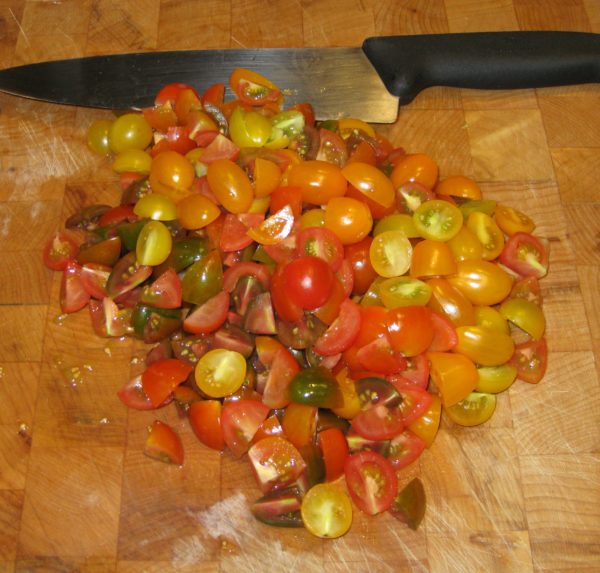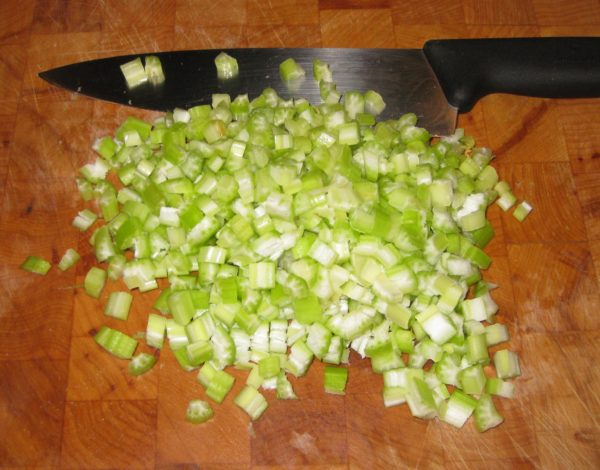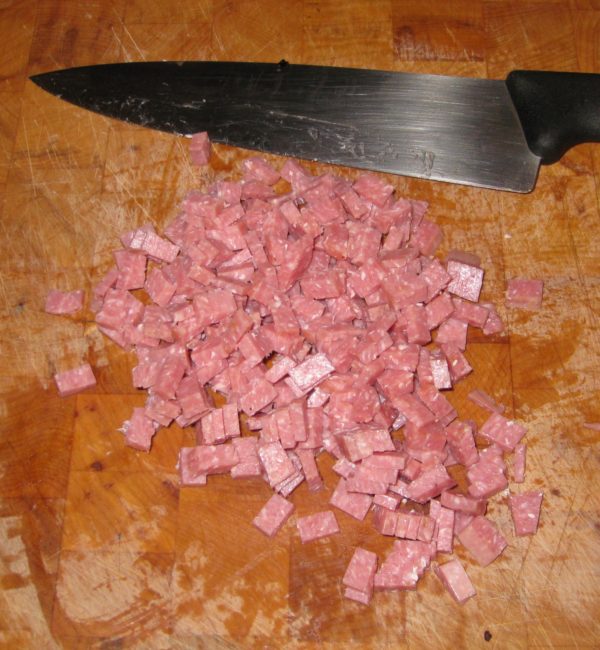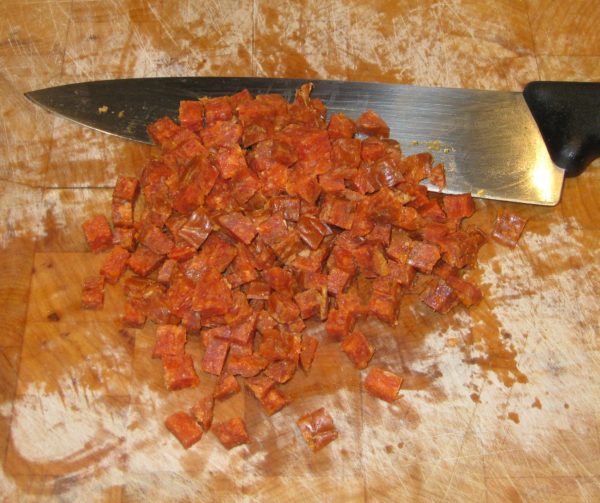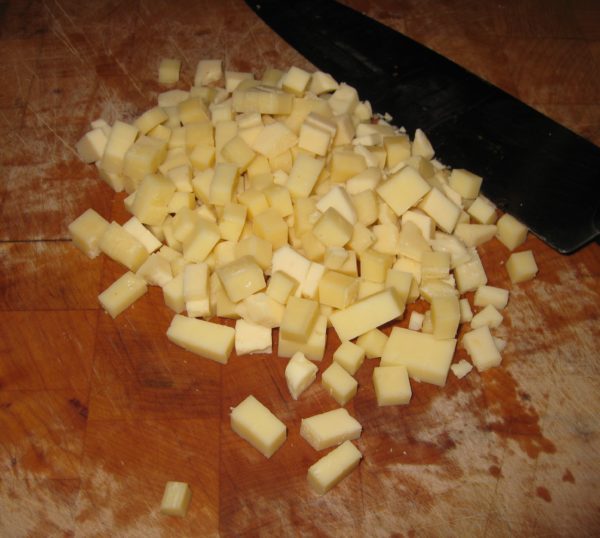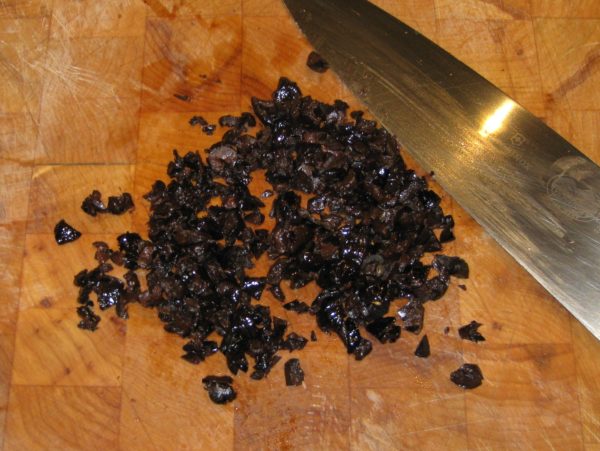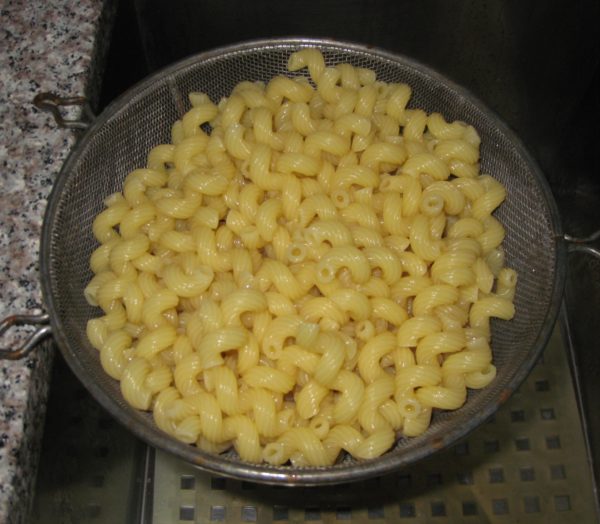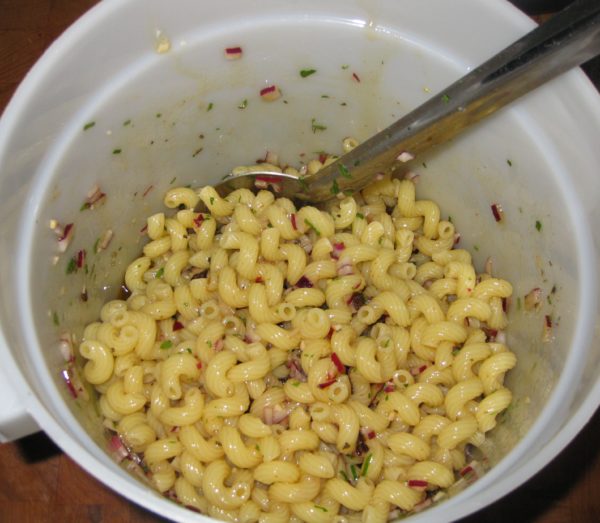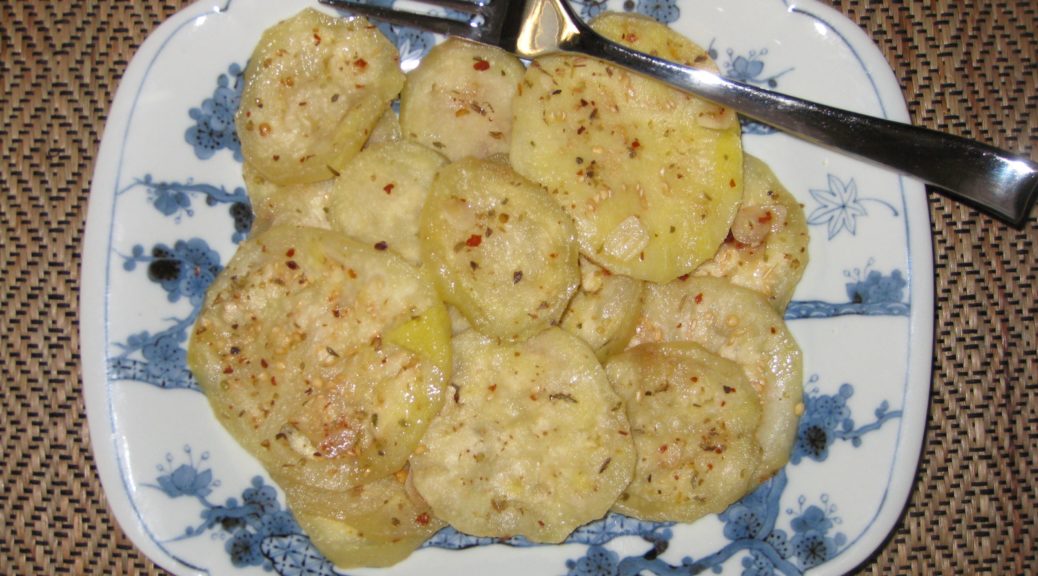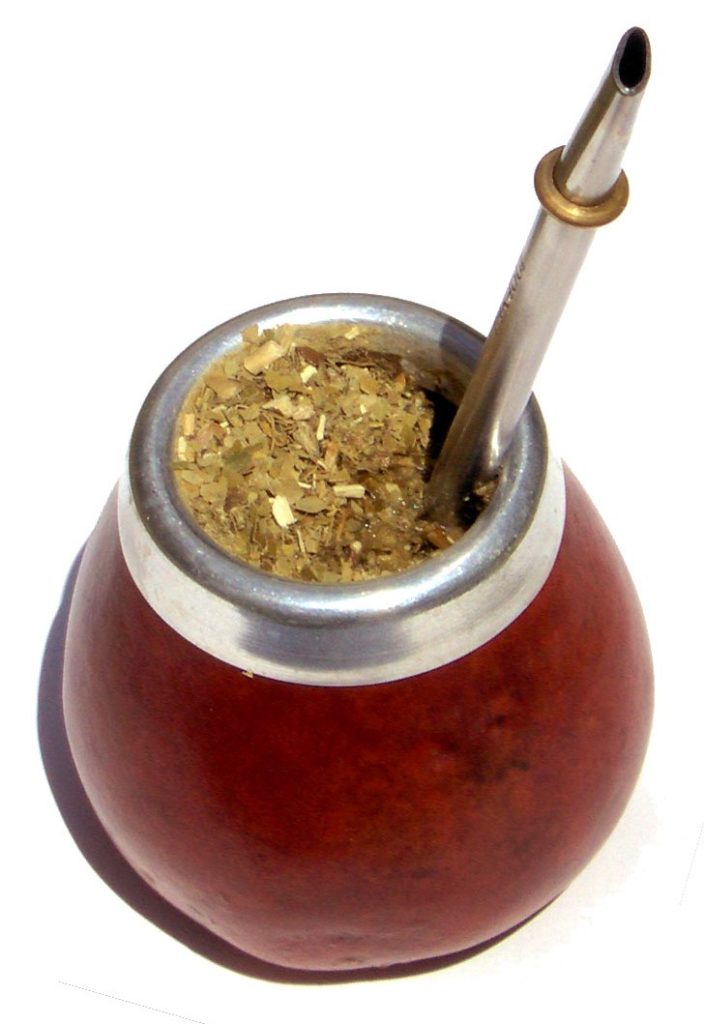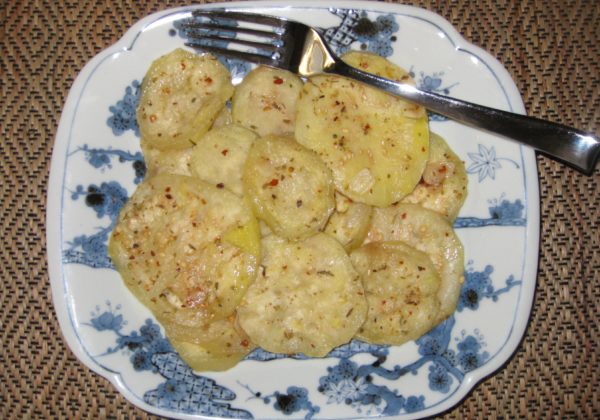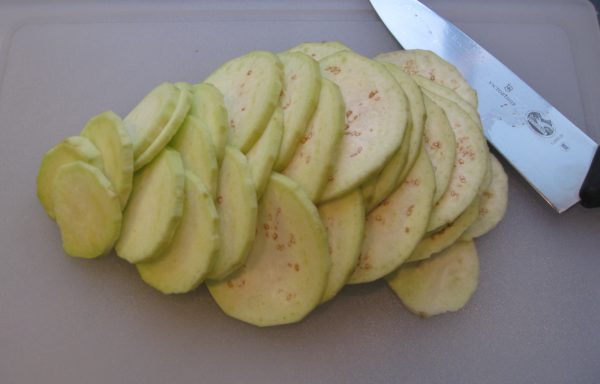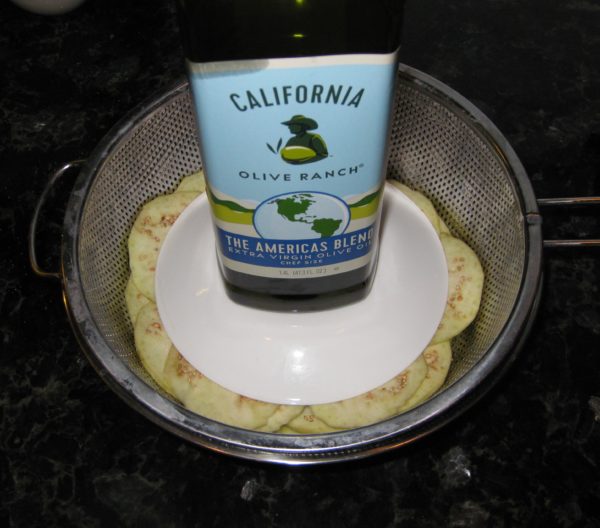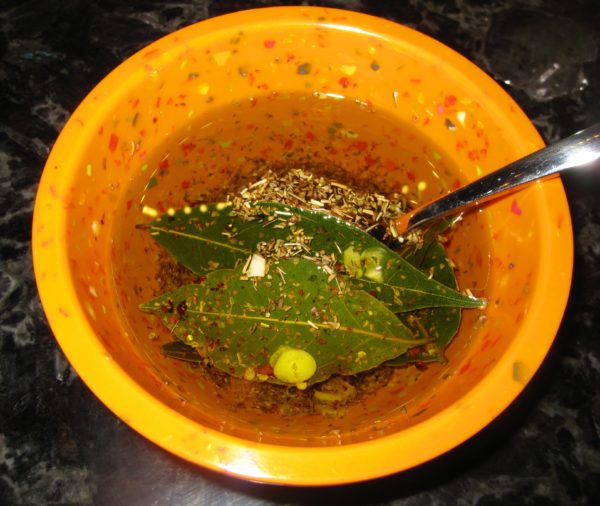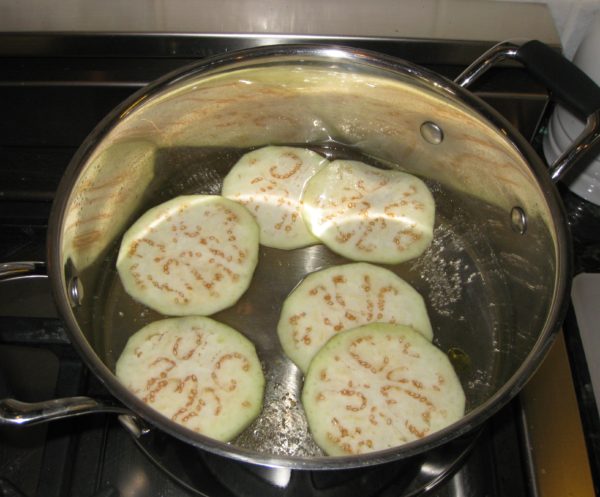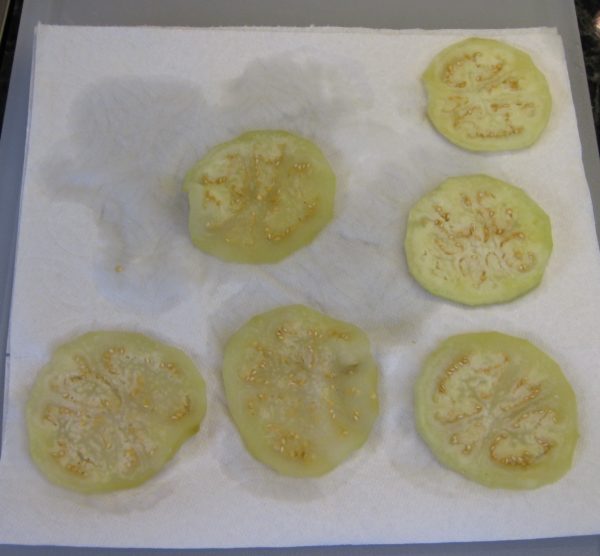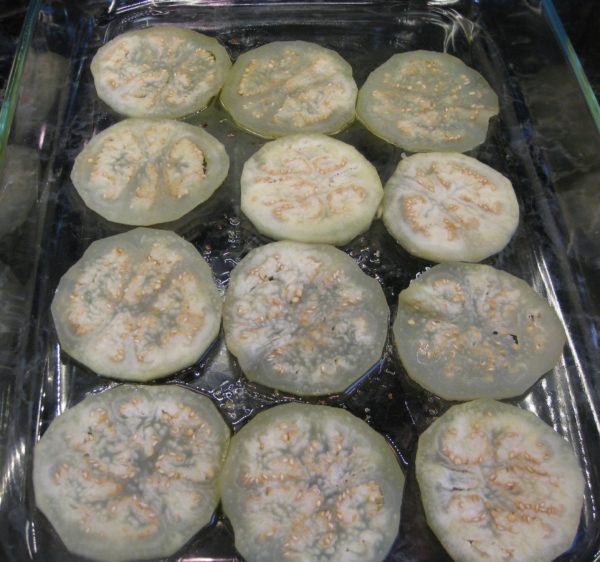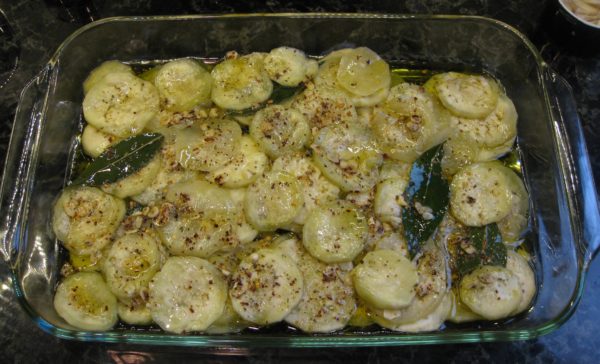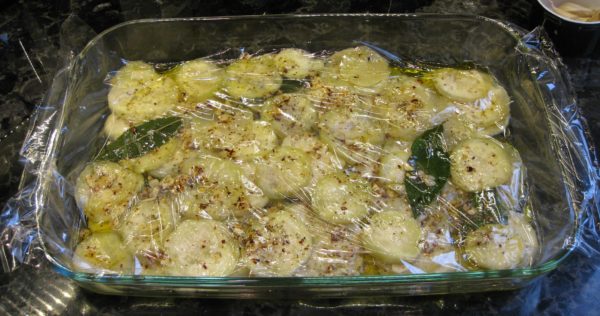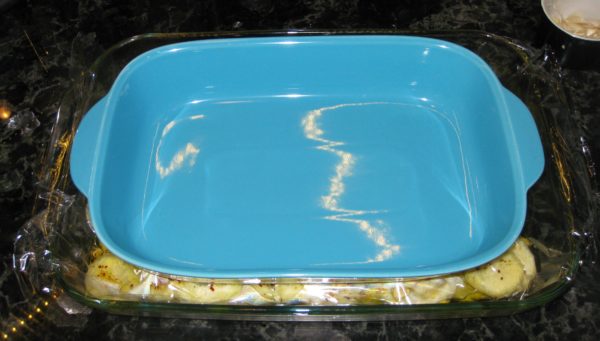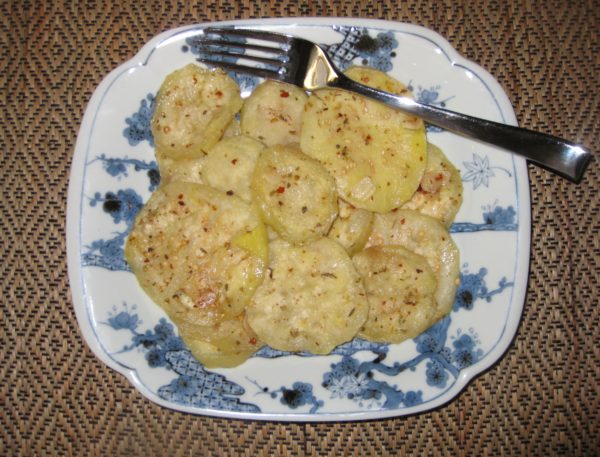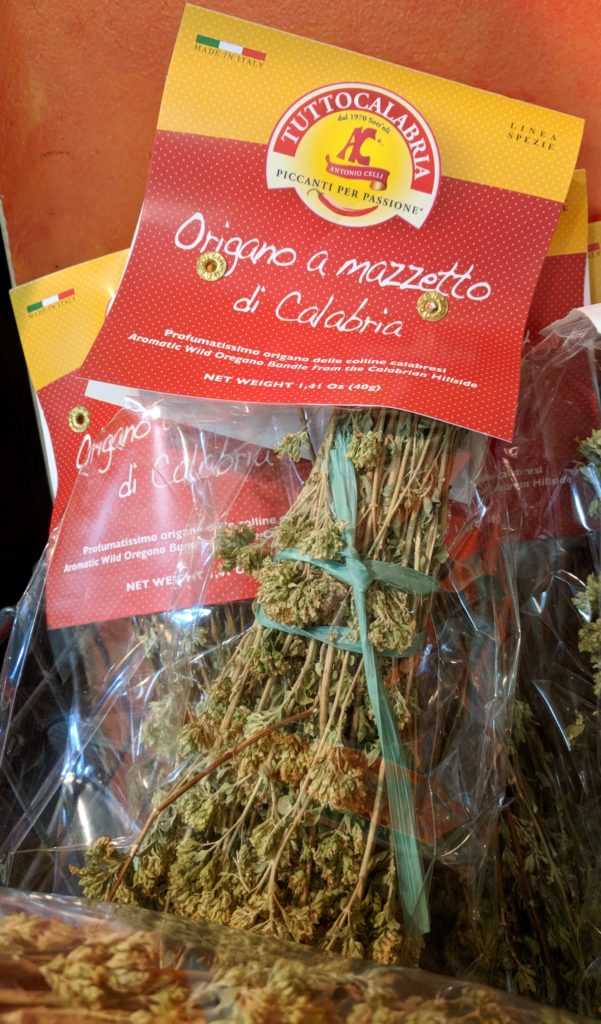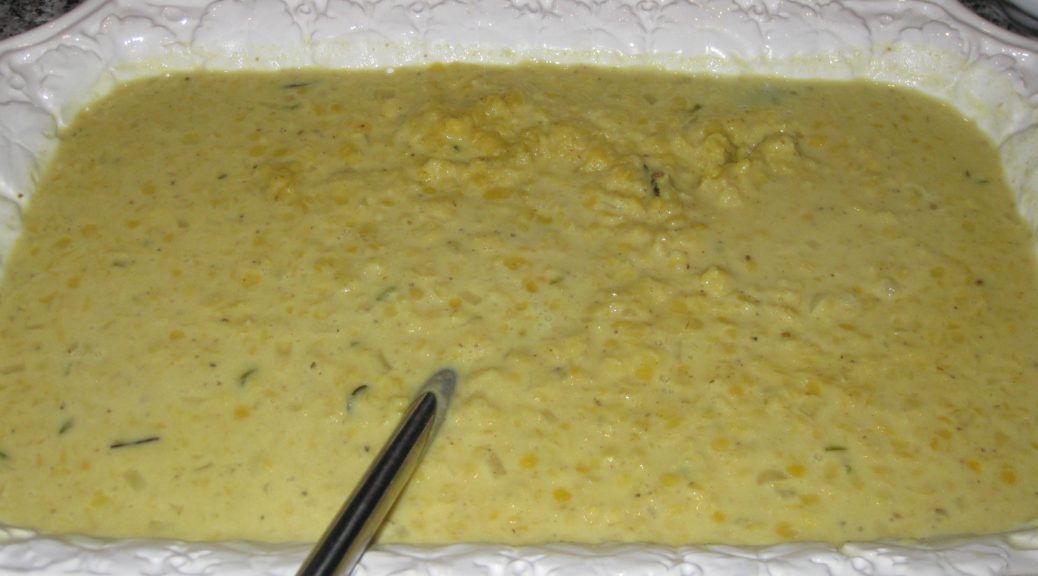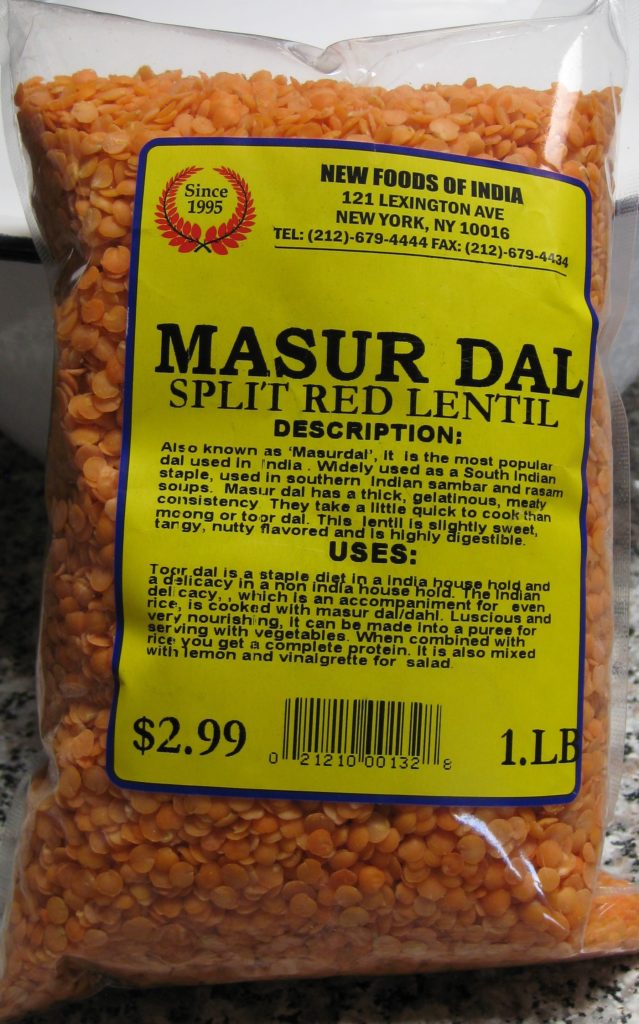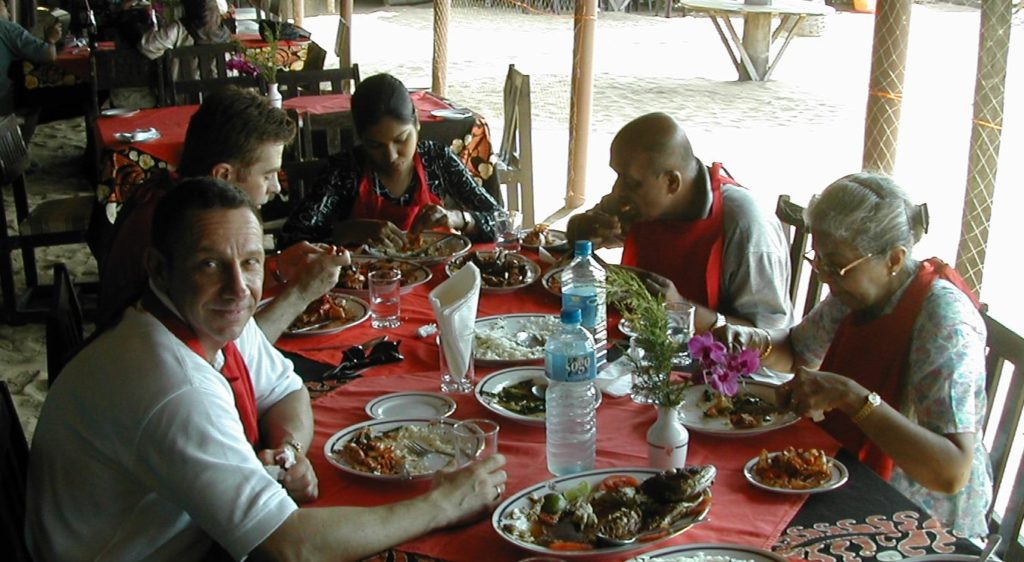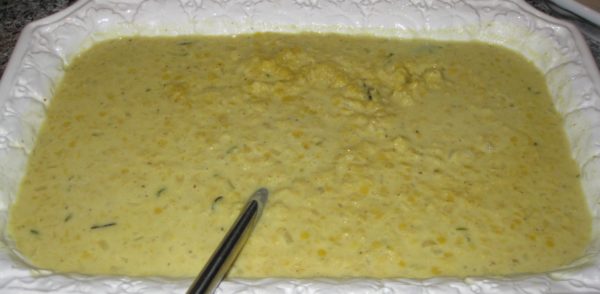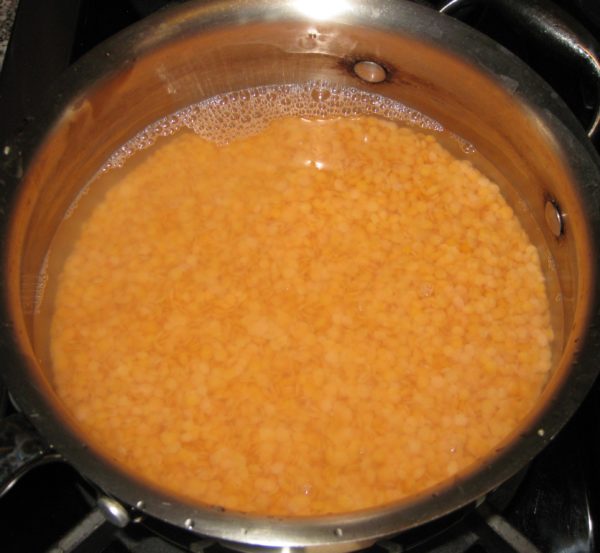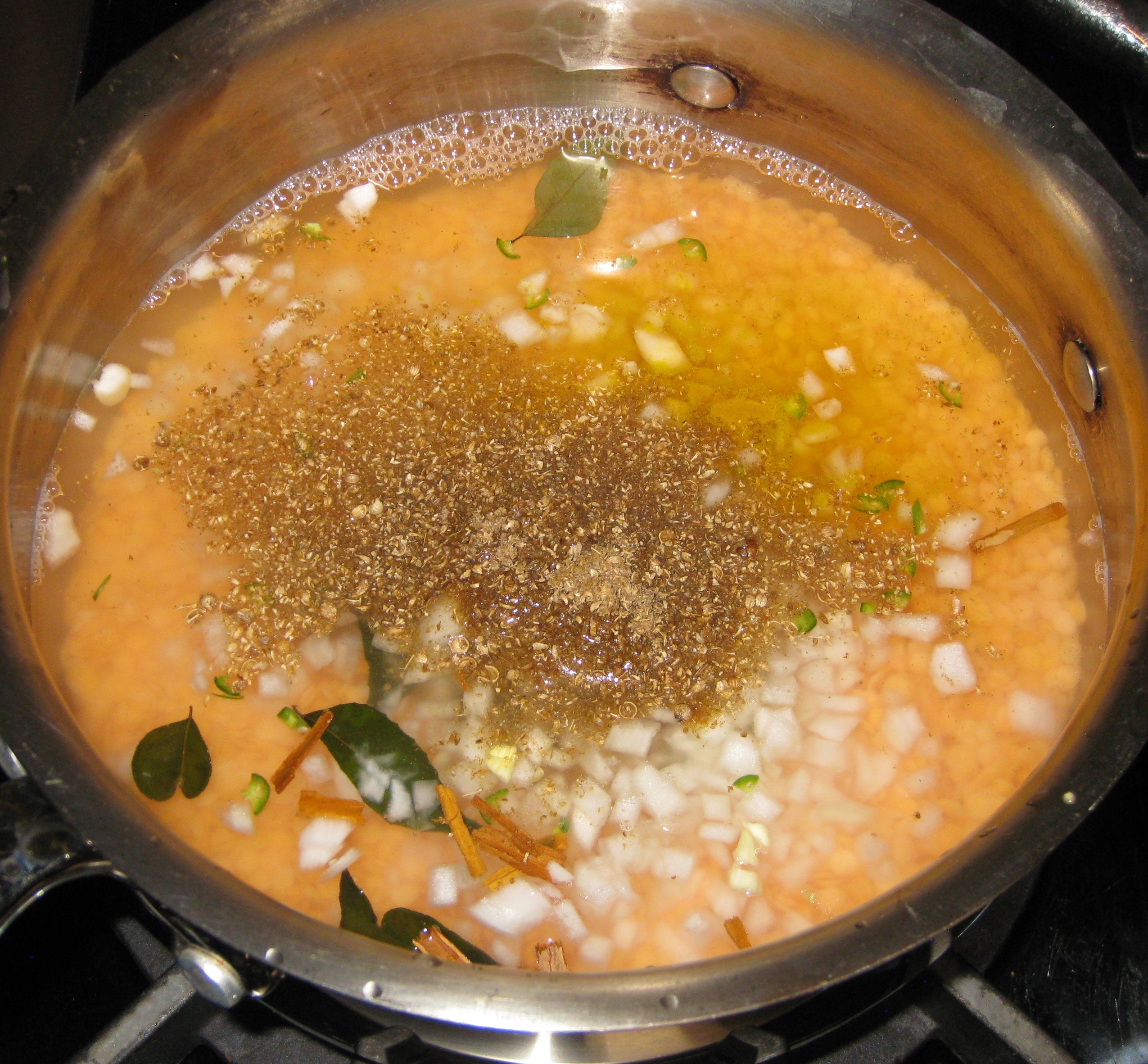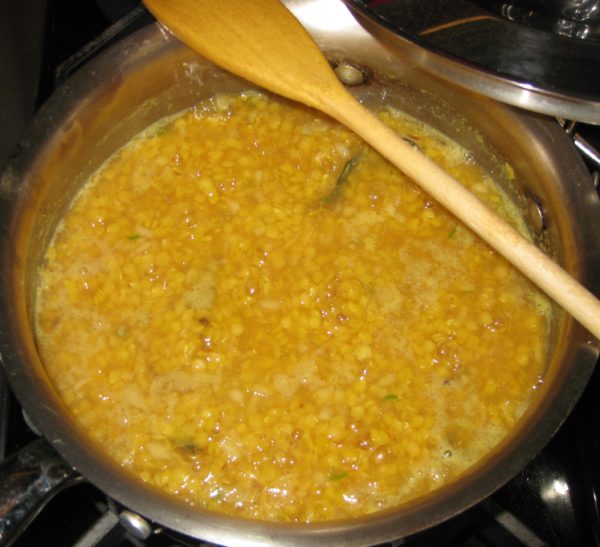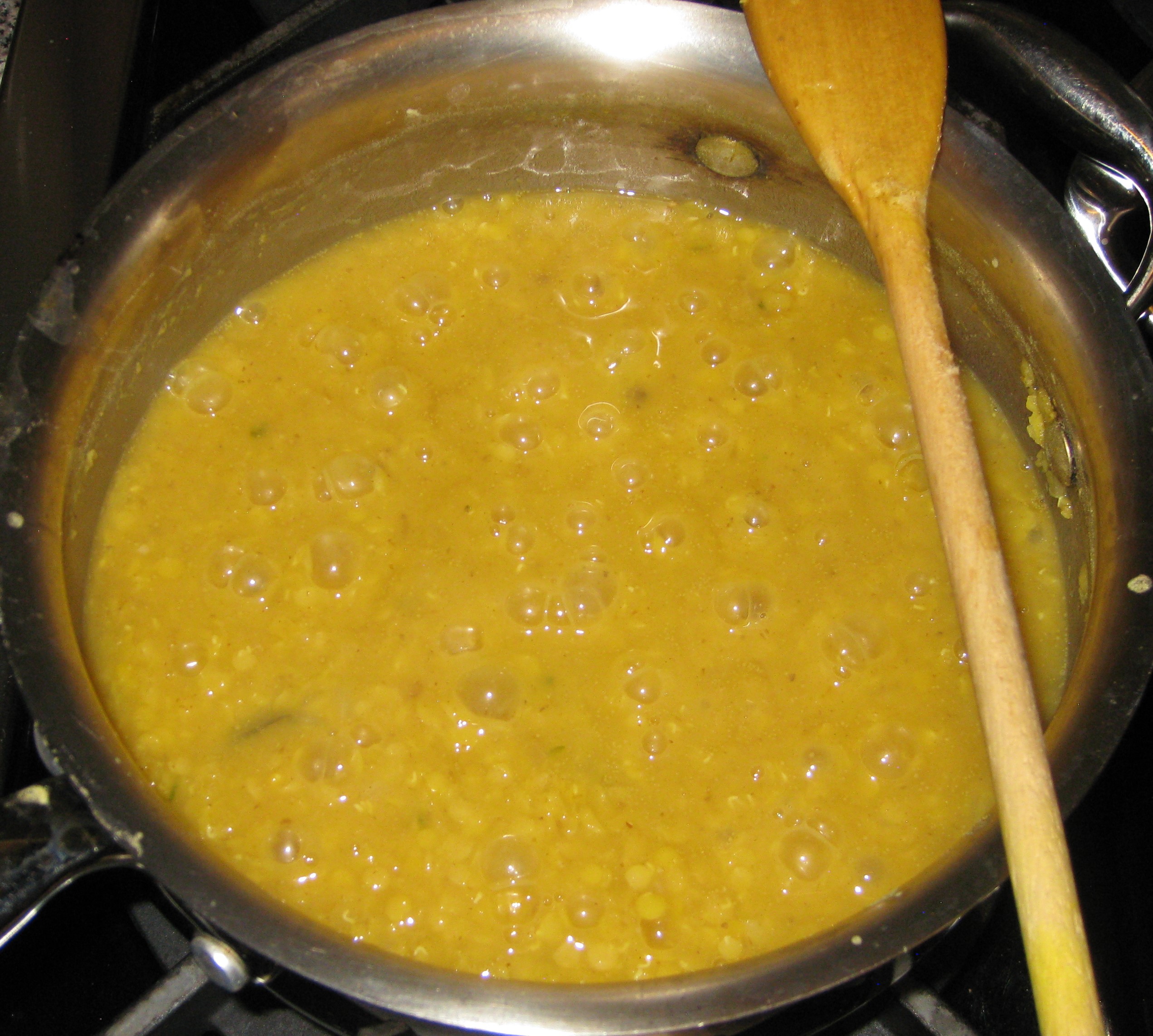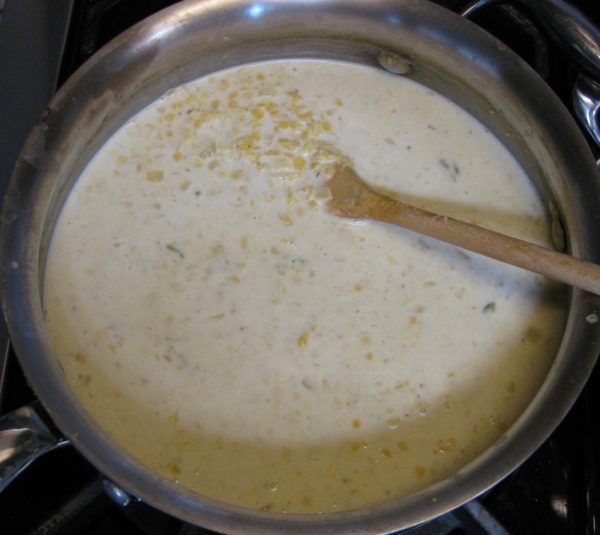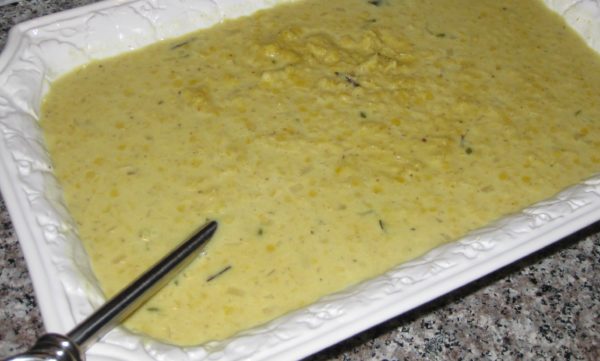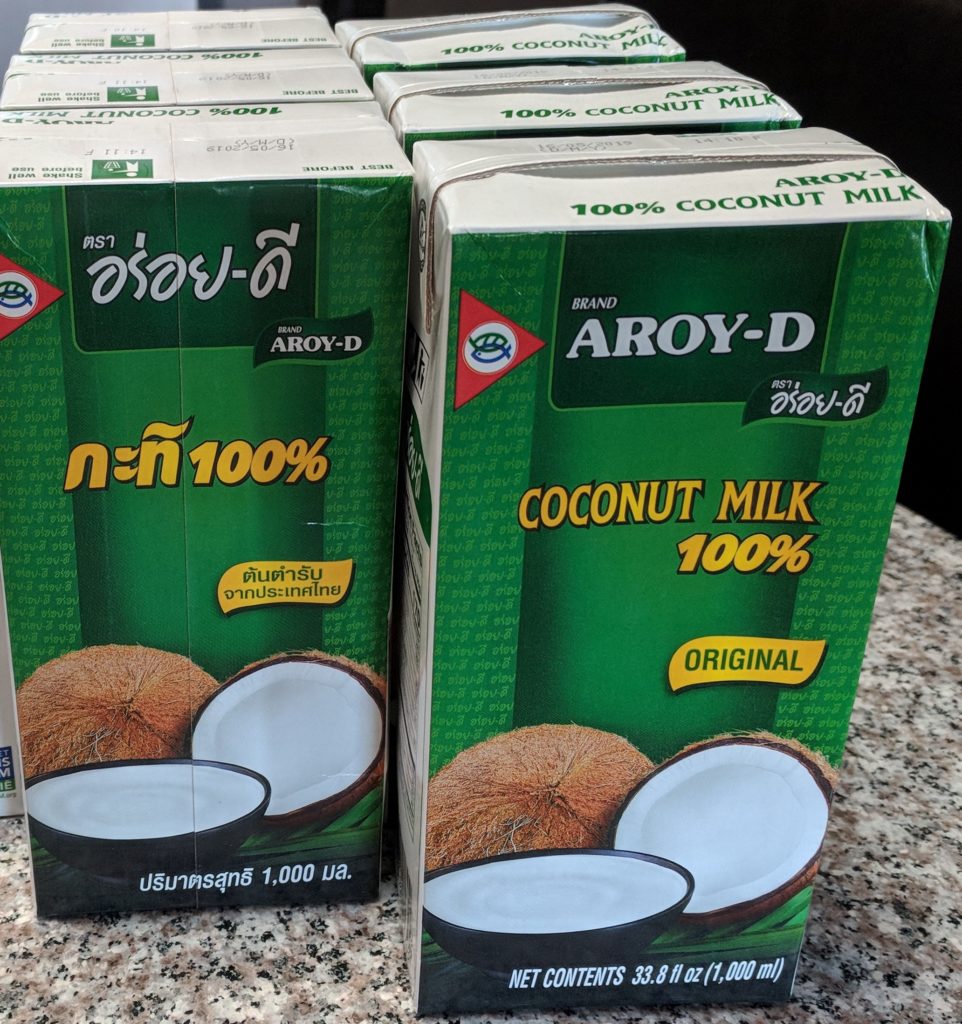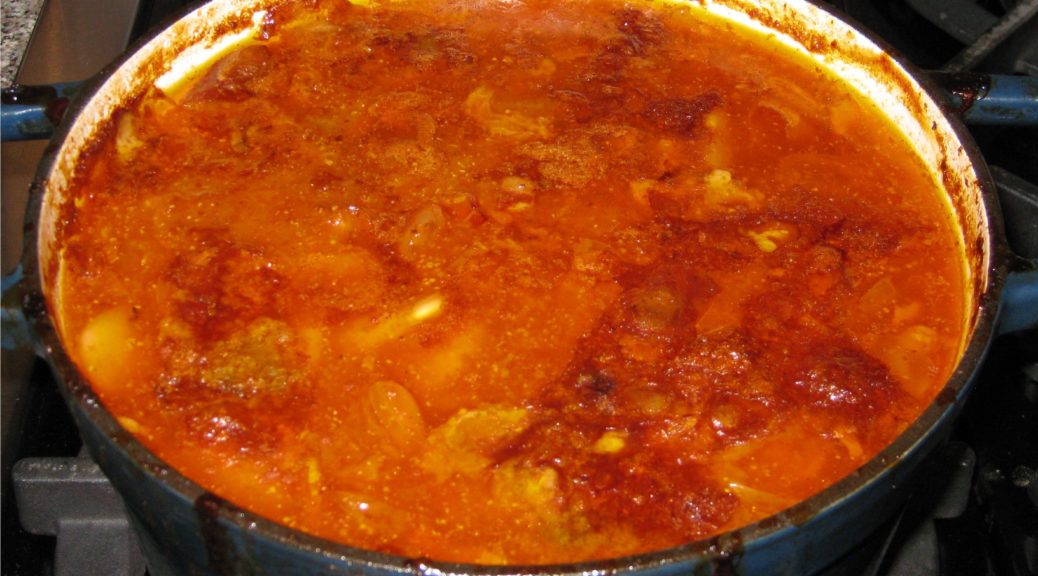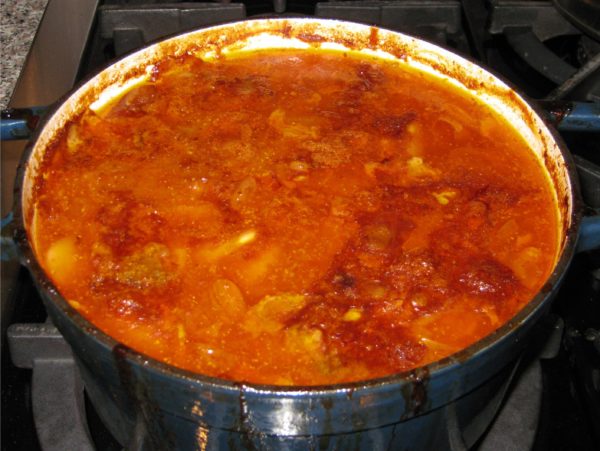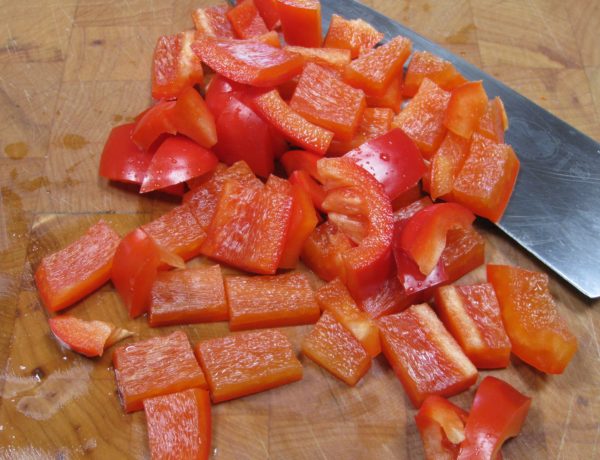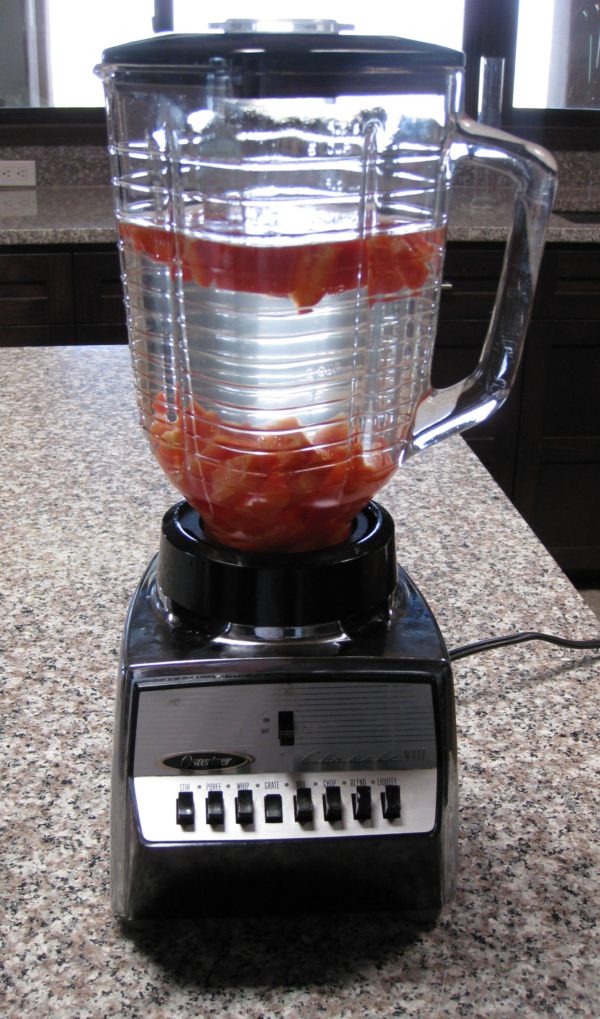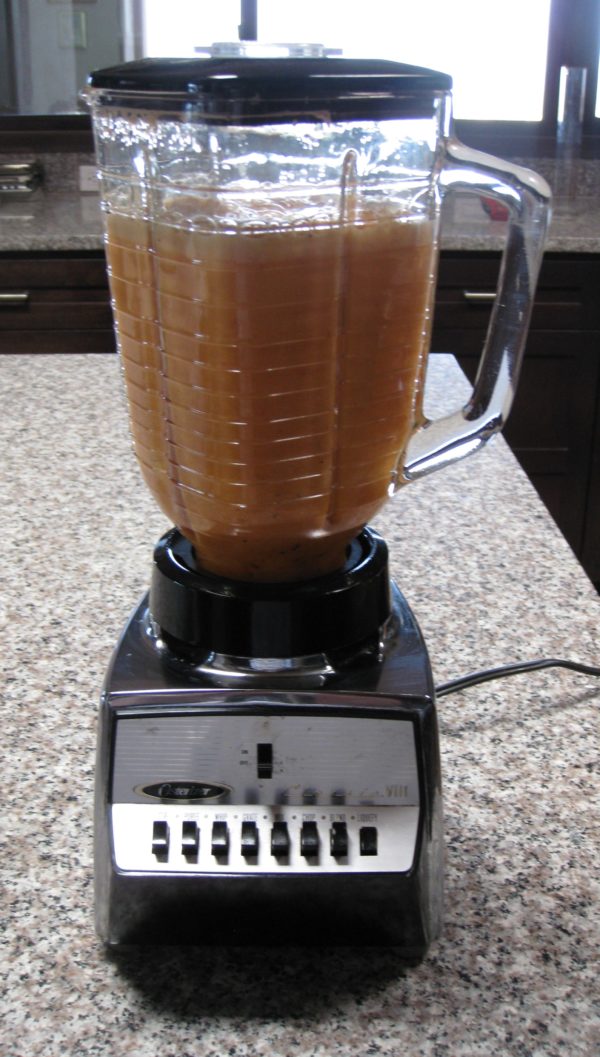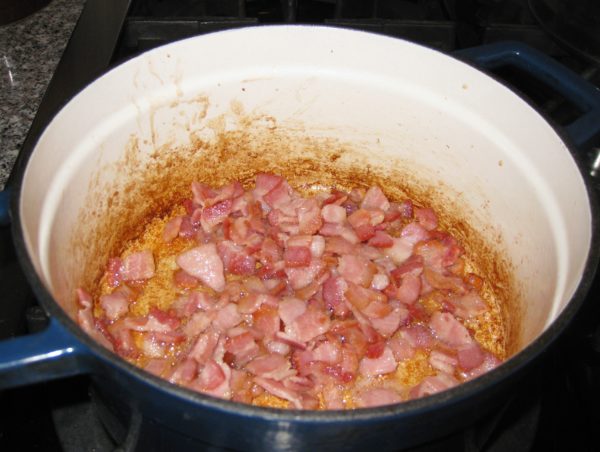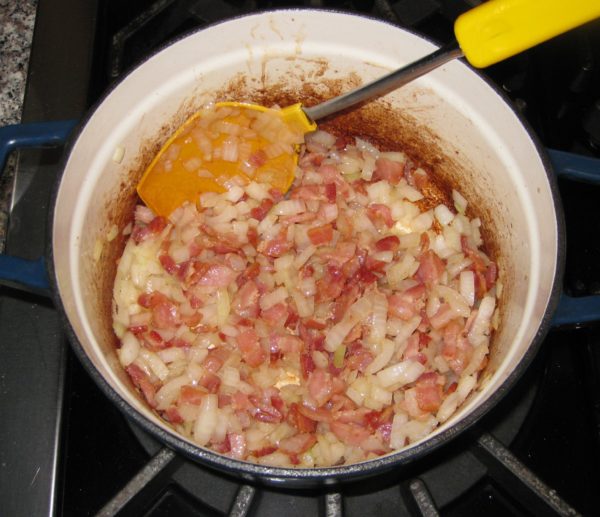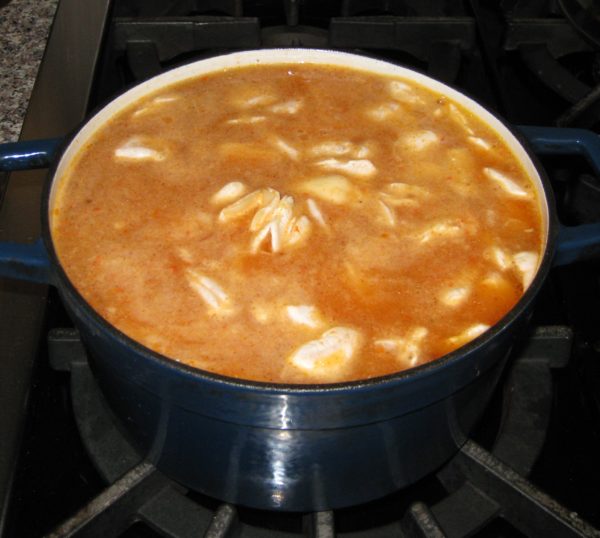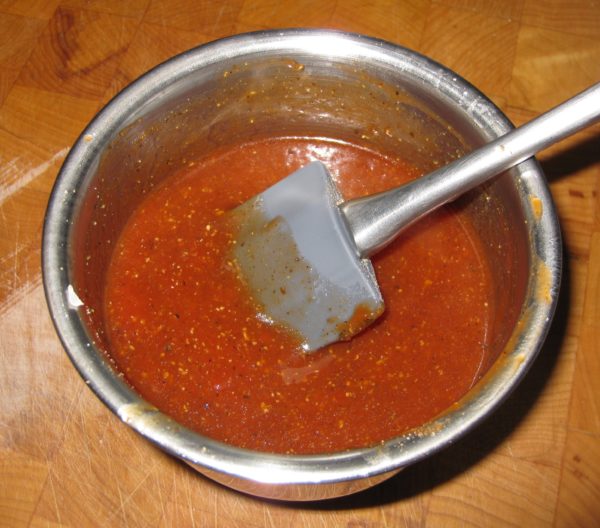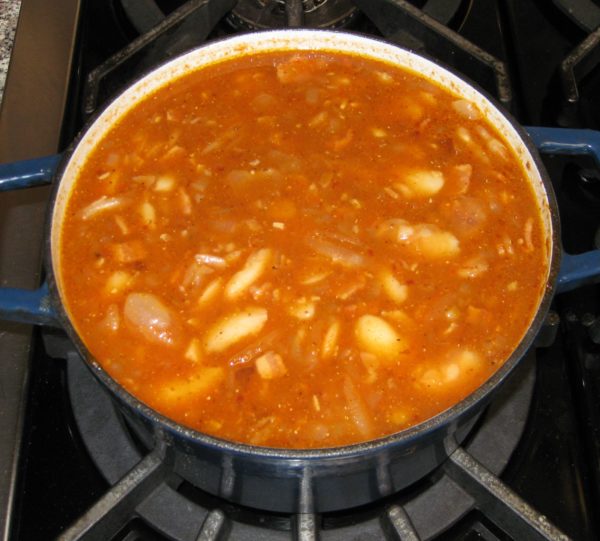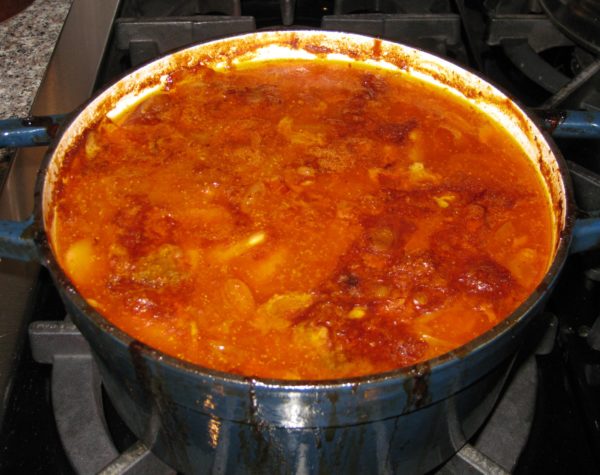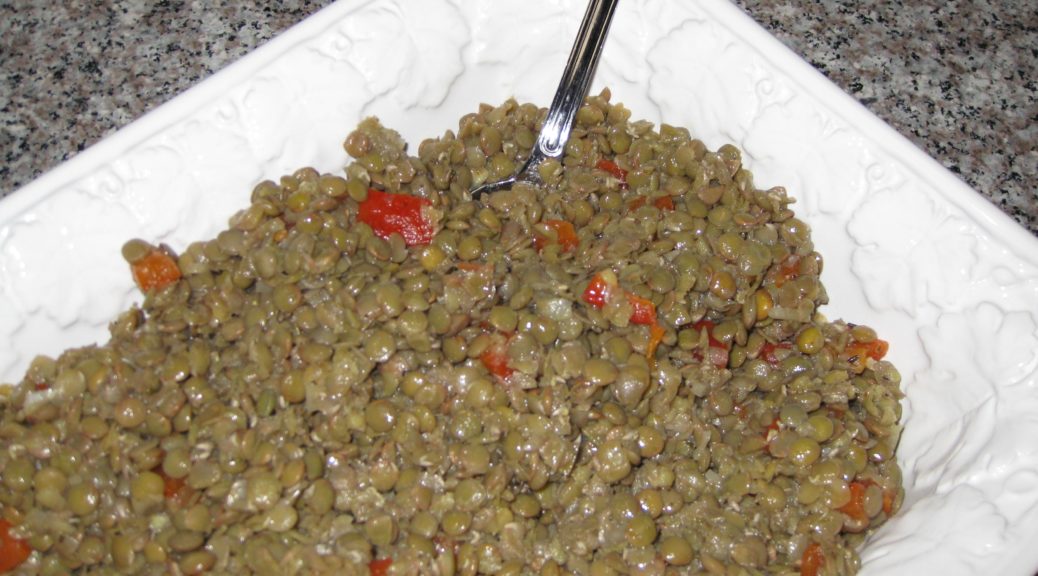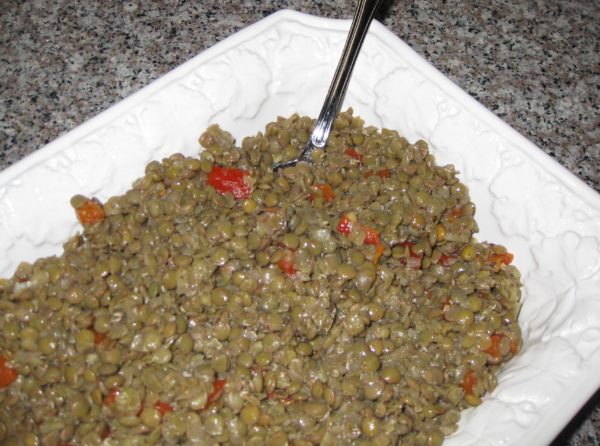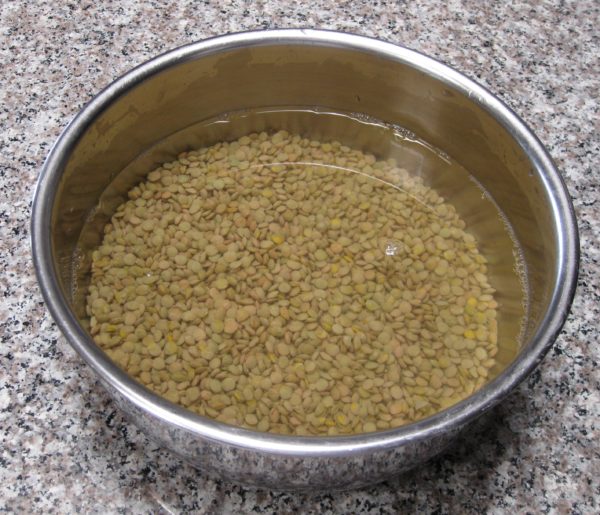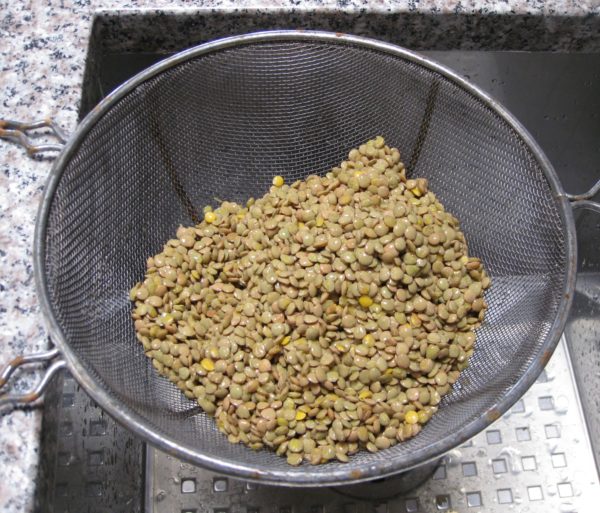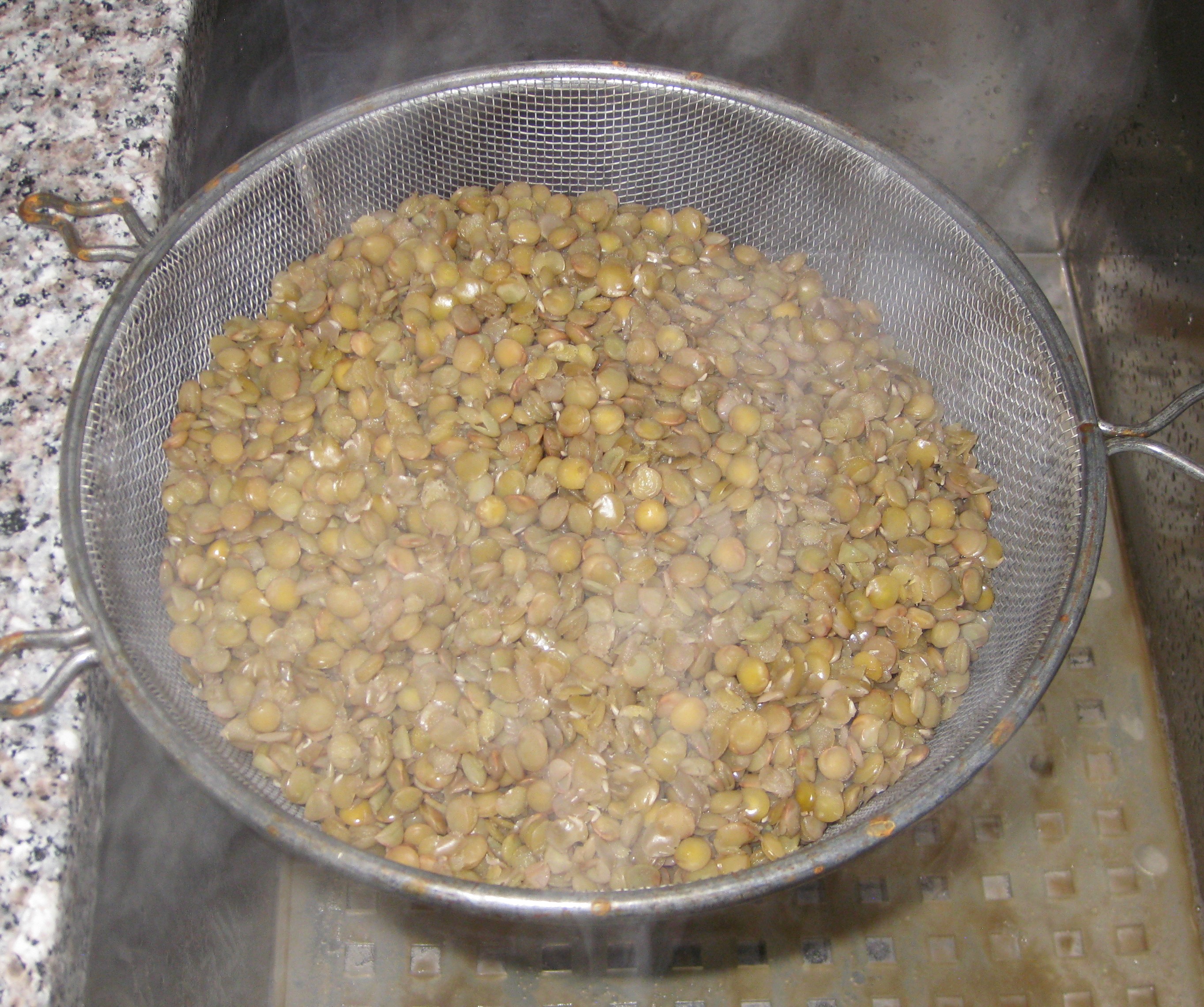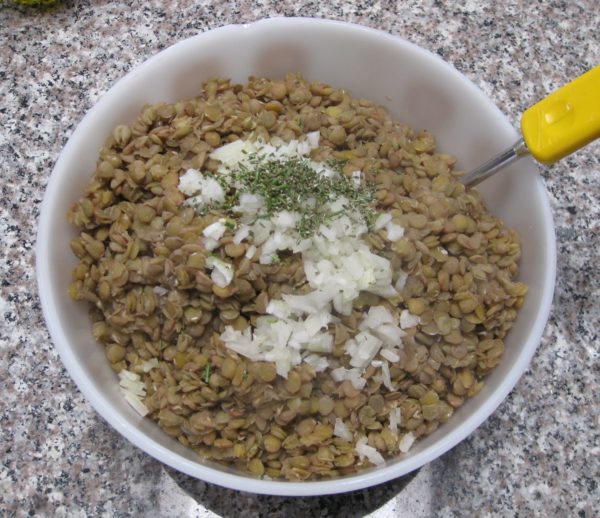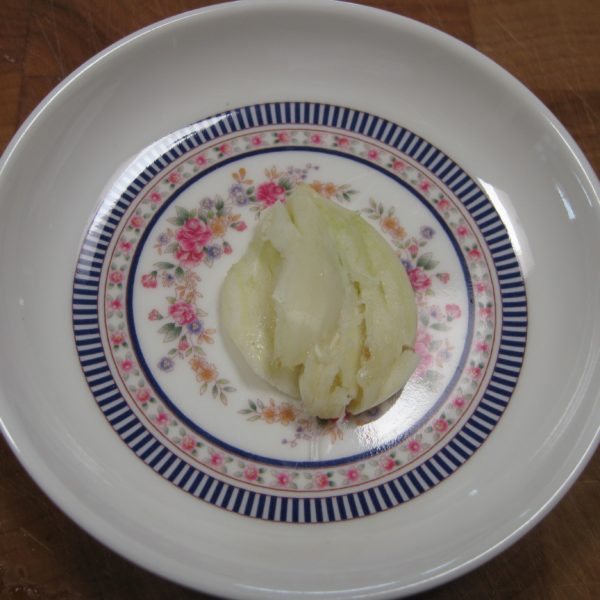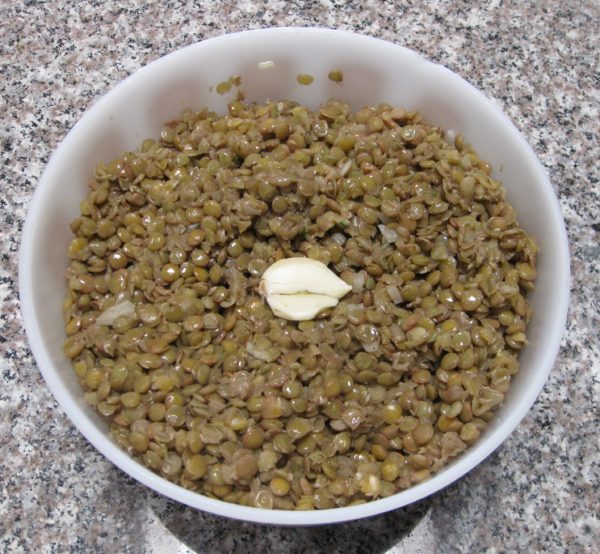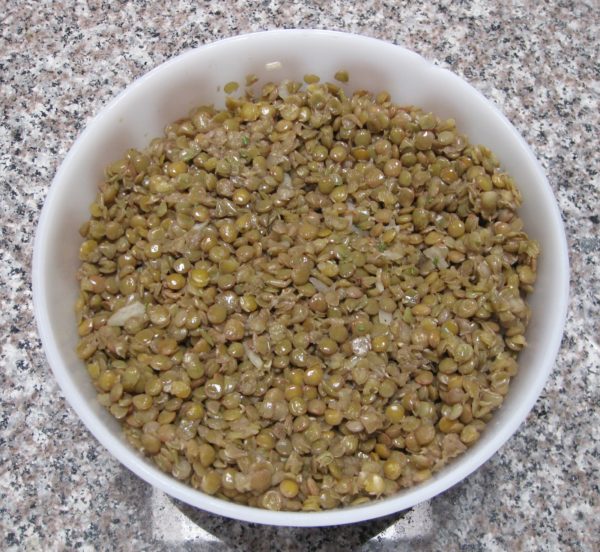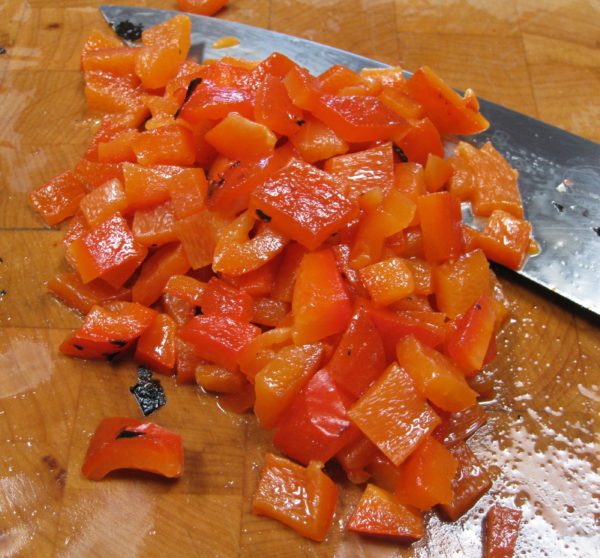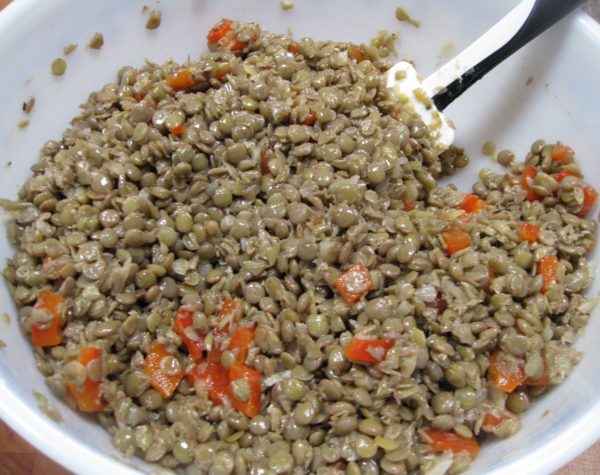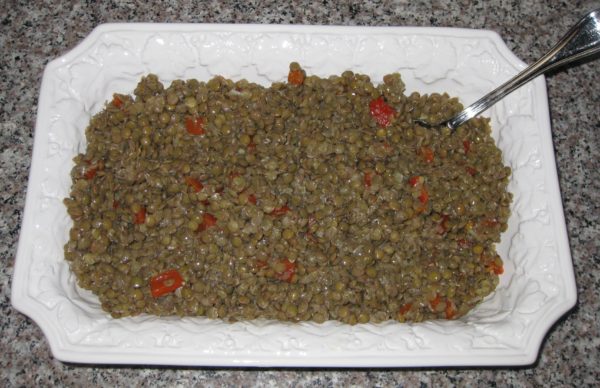September 15, 2021
A lot has happened in the seven months since my last blog post. I’m sure you’ll understand why I haven’t posted in a while.
We’re no longer in Santa Fe!
That’s right, we’ve moved full time to Palm Springs, California.

It was, and remains, exceedingly difficult to have left all our close friends in Santa Fe but Palm Springs called to us.
Join our mailing list and you’ll never miss a recipe again!
We get two growing seasons each year. Since we’re just a few hundred feet above sea level, I don’t need to be concerned about testing recipes at high altitude. The weather is pretty darn great, too!
The variety of what we can grow here is amazing. We have ten citrus trees, three fig trees and an apricot tree. We’re considering adding a pomegranate tree. We have table grapes trellised up a side wall. There are four raised beds for herbs and vegetables.
Frank grew the most awesome tomatoes this year. I have quite a stash of homemade passata (tomato puree) in the freezer.
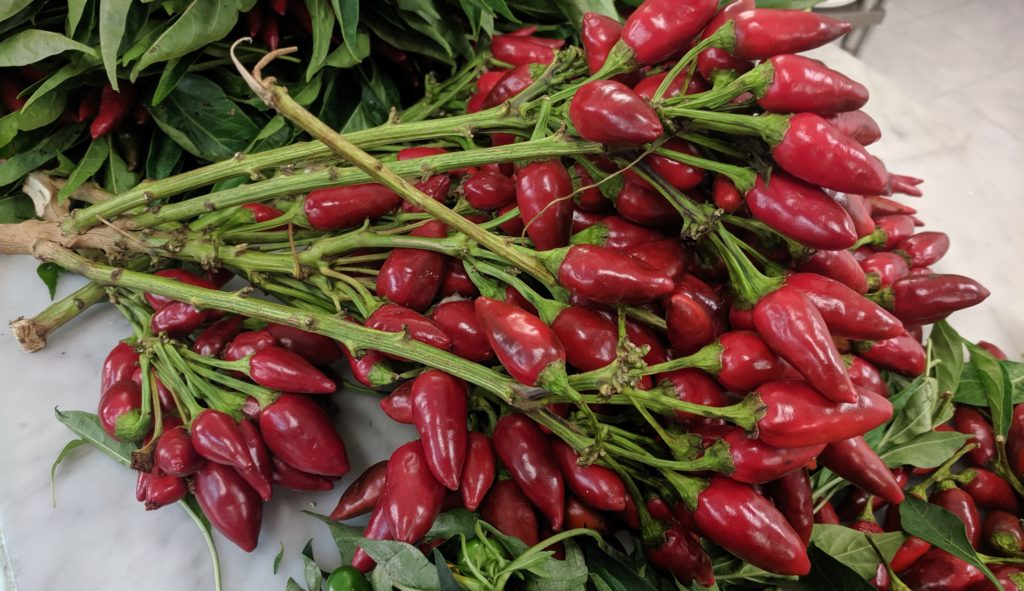
The timing of our seasons takes a bit of getting used to. Our first season pretty much ended in June. That’s probably the time that most of you were just getting started with your gardens. Though the herbs have continued to grow through the summer heat, all the vegetables were done by the end of June.
Follow us on your social media platform of choice
Right now we have an abundance of fresh limes. The other citrus trees have fruit but it won’t be ripe for a few more months.
The vegetable beds sat fallow for the summer. Just a few days ago, Frank planted them with seeds for what will be our second harvest of the year. That will take place in November and December.
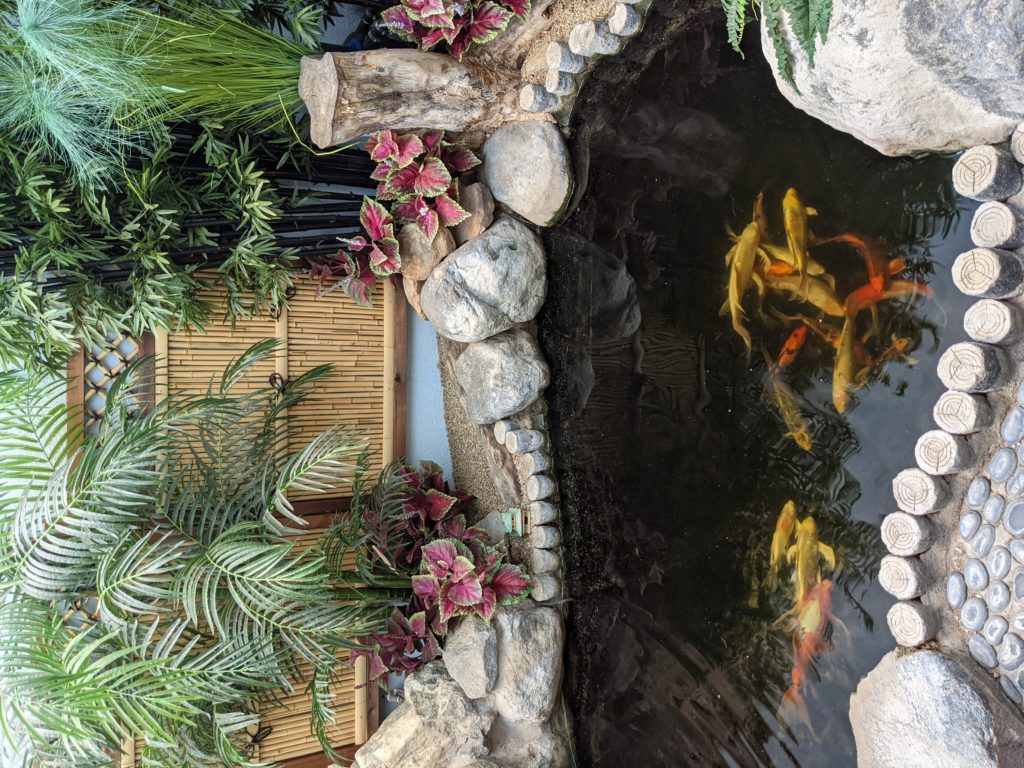
Though we’re not harvesting vegetables at the moment, this is the perfect time for zucchini in most of the country. When there’s an abundance of zucchini, sformato is the answer.
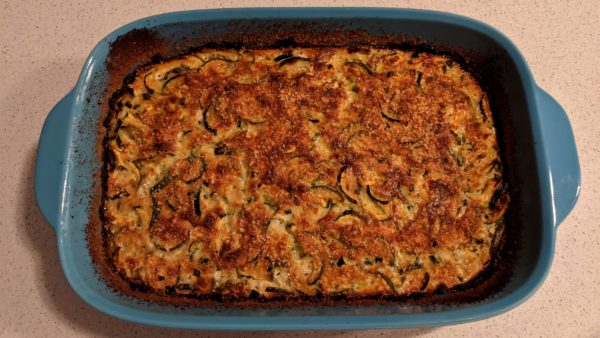
| Prep Time | 20 minutes |
| Cook Time | 2 hours |
| Servings |
people
|
- 7/8 cup milk (3/4 cup plus 2 tablespoons)
- 1 tablespoon butter
- 2 tablespoons all purpose flour
- 2-3 cloves garlic chopped
- 3 tablespoons extra virgin olive oil
- 6 medium-small zucchini about 7” long, approximately two pounds
- 1-2 zucchini flowers chopped, if available
- 1 small sprig niepita (mentuccia romana) or marjoram or oregano, minced, optional
- salt to taste
- Freshly ground black pepper to taste
- 1 ounce Parmigiano Reggiano cheese or to taste
- 1/8 teaspoon nutmeg
- 2 large eggs
- butter for the baking dish
- fine breadcrumbs for the baking dish
Ingredients
|

|
- In a small heavy-bottomed saucepan, melt the butter.
- Add the flour and sauté briefly until the raw smell is gone. Do not brown the flour.
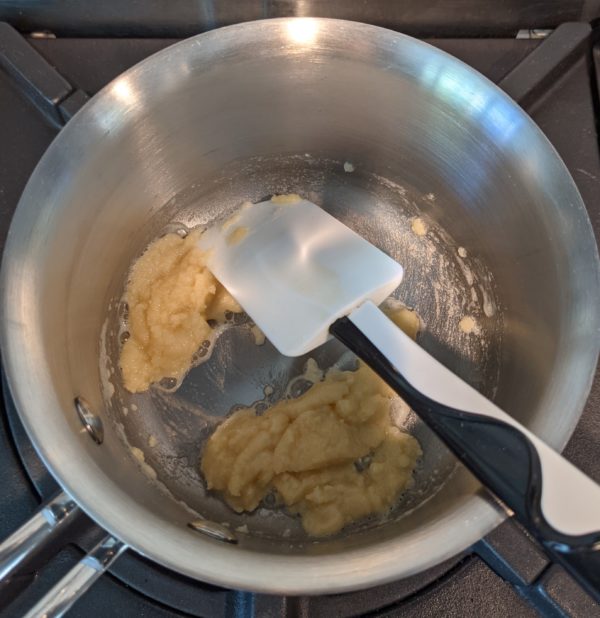
- Add the milk a little at a time, stirring well after each addition to avoid lumps.
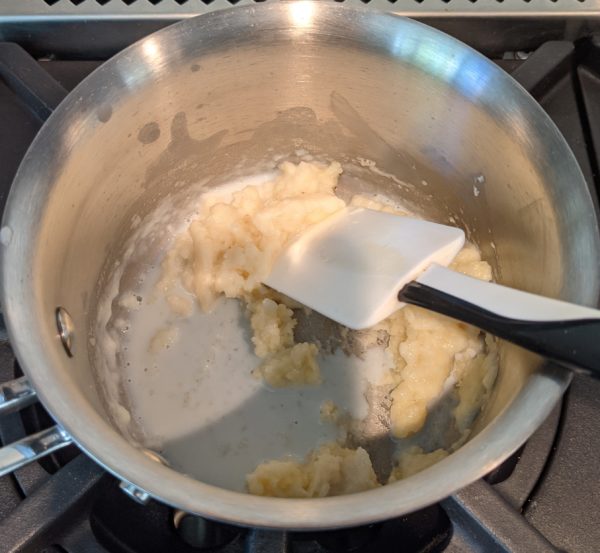
- After all the milk has been added, bring the mixture to a boil, stirring constantly and scraping the bottom of the pan. Boil for one minute.
- Remove from the heat and stir in the nutmeg.
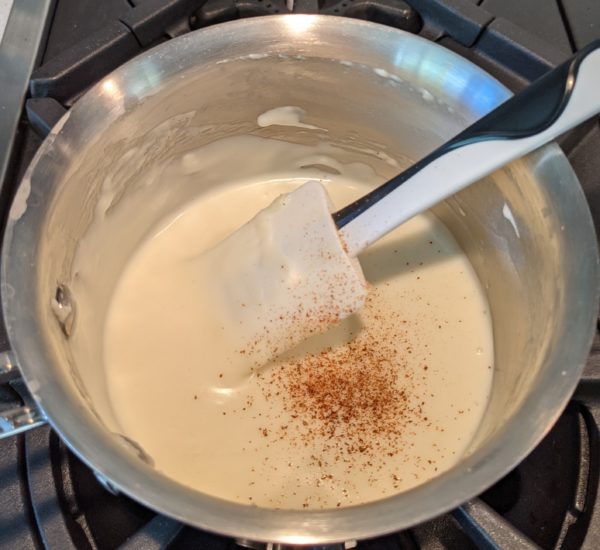
- If not using immediately, pour the besciamella into a heat-proof bowl and cover with plastic wrap touching the surface to avoid the formation of a skin.
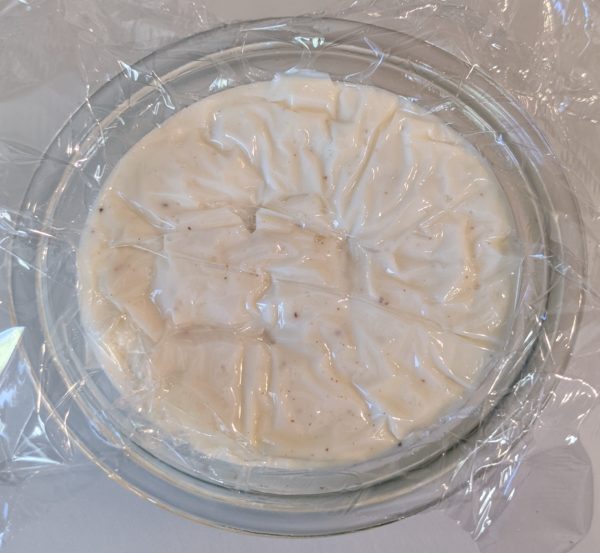
- Refrigerate if the besciamella will not be used within an hour or two.
- Do not peel the zucchini. Cut off the stem ends and slice the zucchini lengthwise about 3/16 inch thick then crosswise the same thickness to make thick matchsticks.
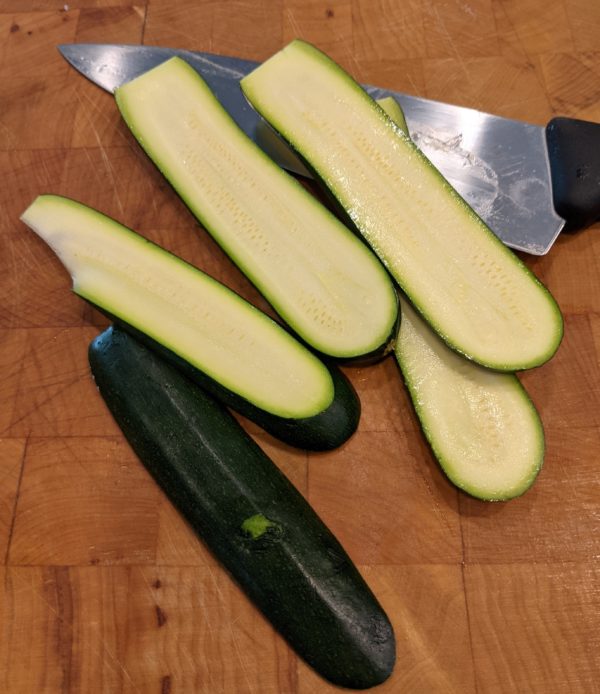
- Sauté the garlic in the olive oil until fragrant.
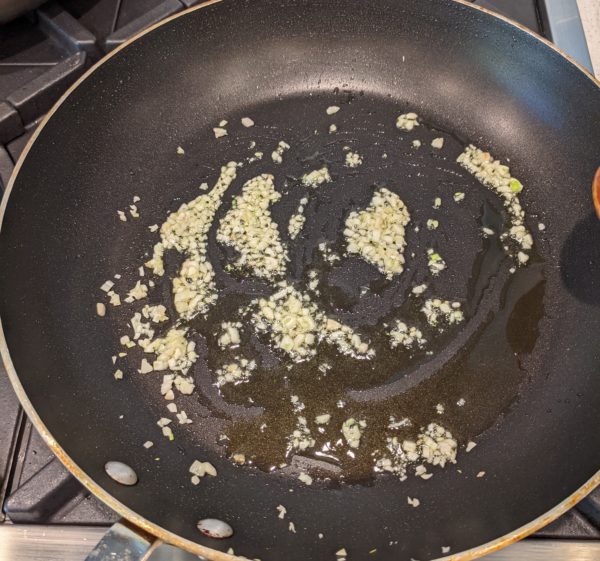
- Add the cut zucchini, chopped flowers and minced niepita if using. Season with salt and pepper and sauté briskly until just barely tender.
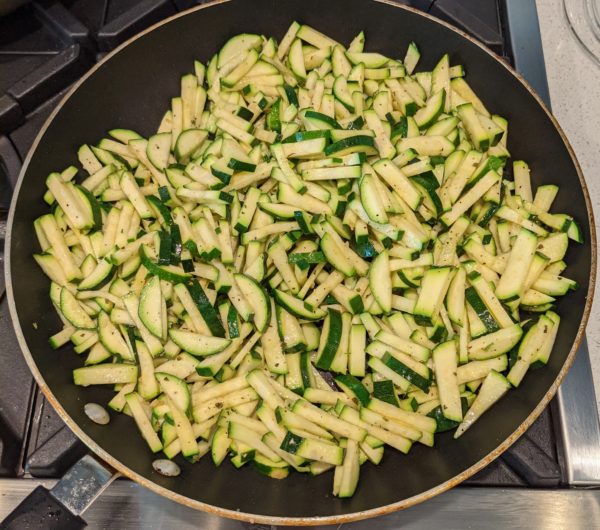
- Mix the cooked zucchini with the besciamella, nutmeg, and Parmigiano.
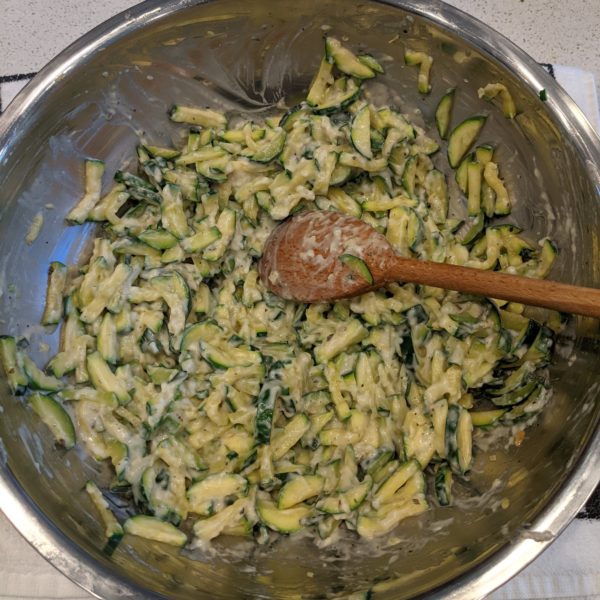
- Stir in the eggs after the mixture is cool enough to not cook the eggs.
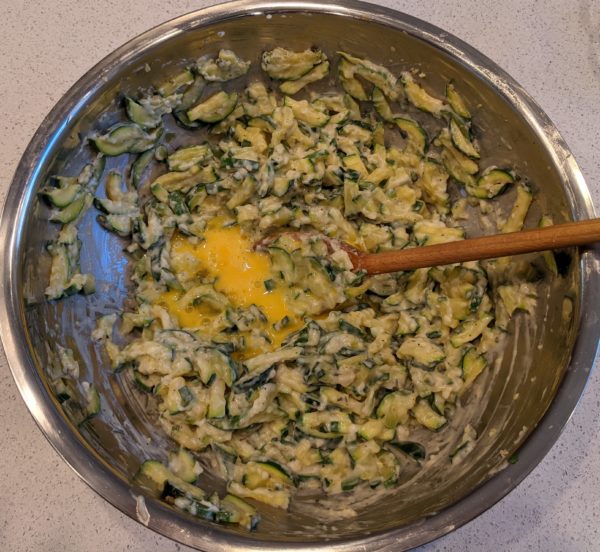
- Taste and adjust salt and black pepper.
- Butter a baking dish, approximately 7 ½” x 11”.
- Sprinkle the buttered dish with fine dry breadcrumbs.
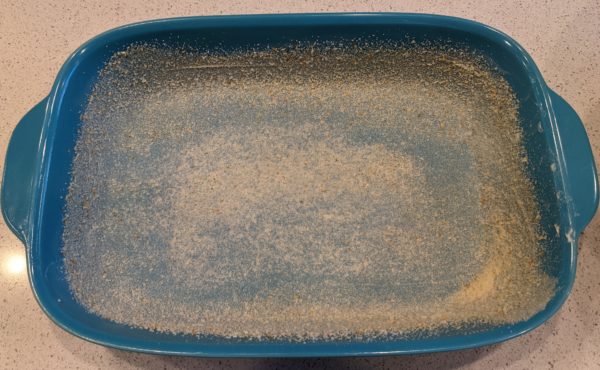
- Pour the zucchini mixture into the prepared baking dish. It should be about ¾ inch thick.
- Bake at 400°F till very brown on top, approximately 90 minutes. Cool 10 minutes before cutting.
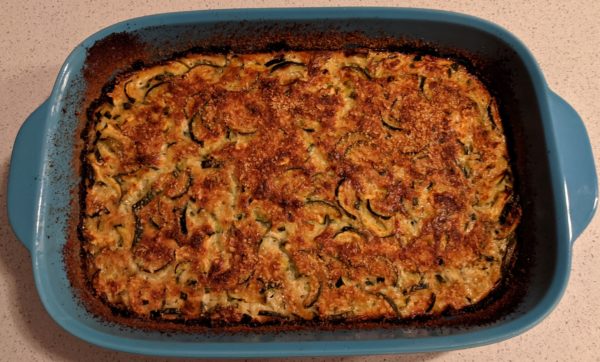
- Serve warm or at room temperature.
Copyright © 2021 by Villa Sentieri, LLC. All rights reserved.

